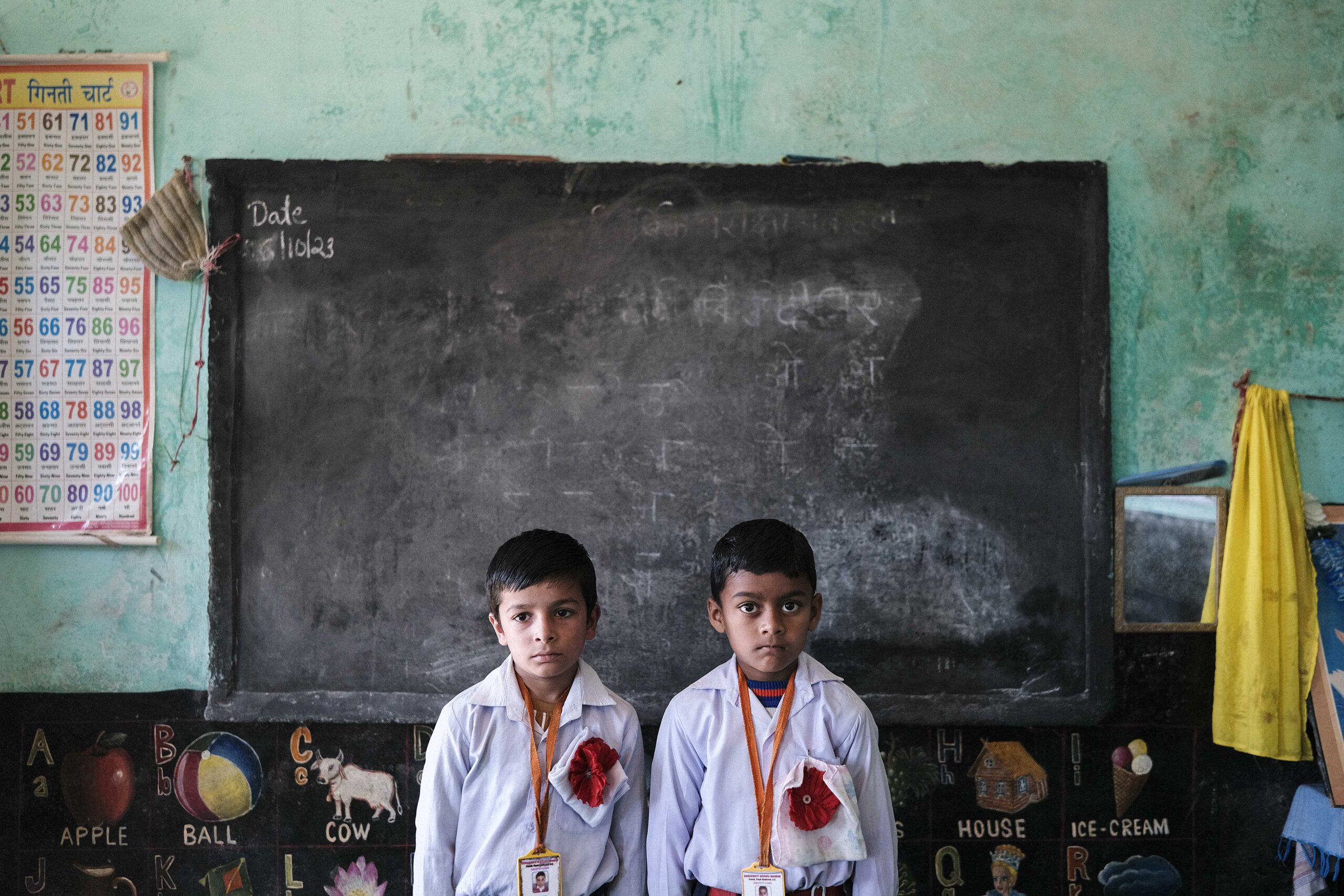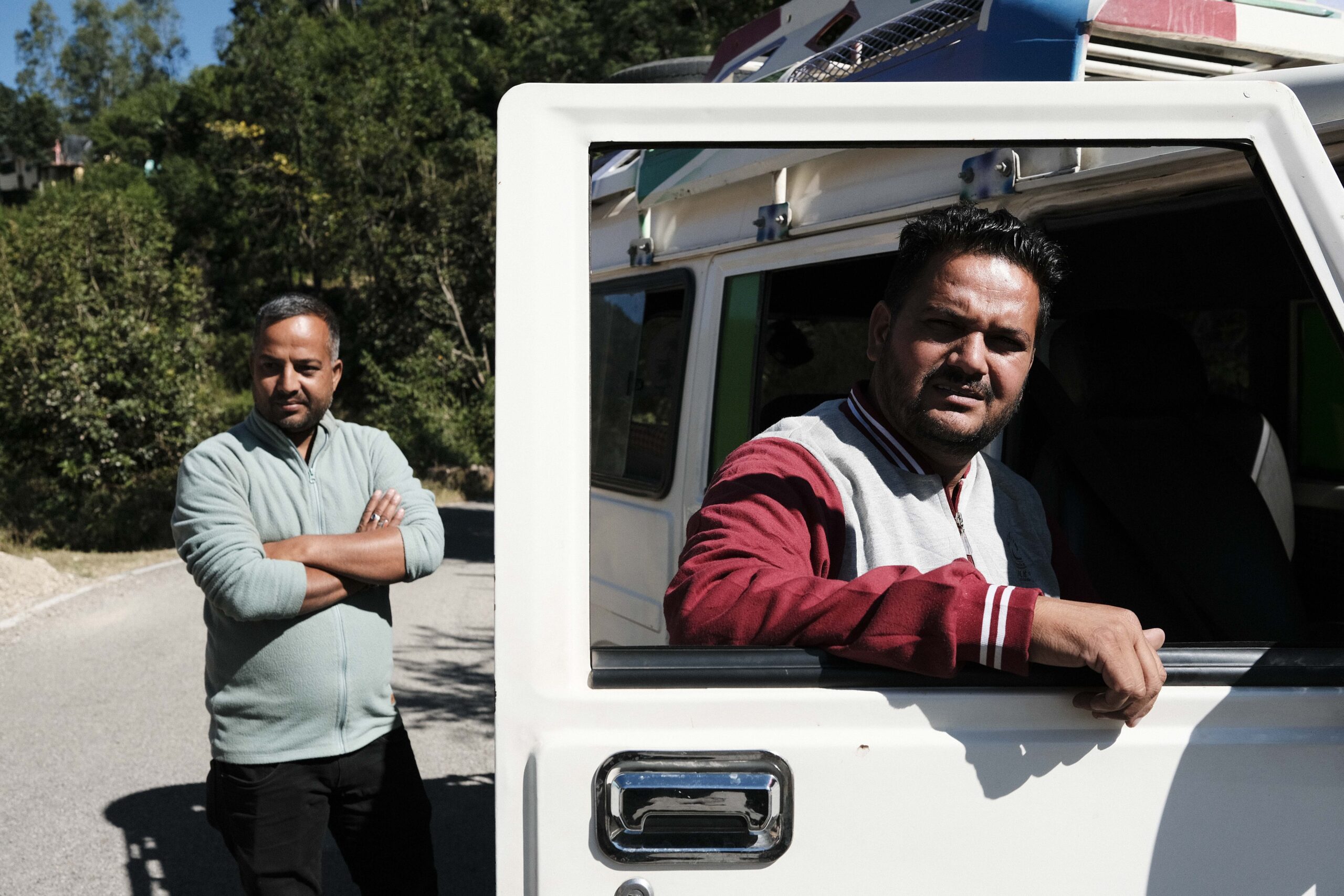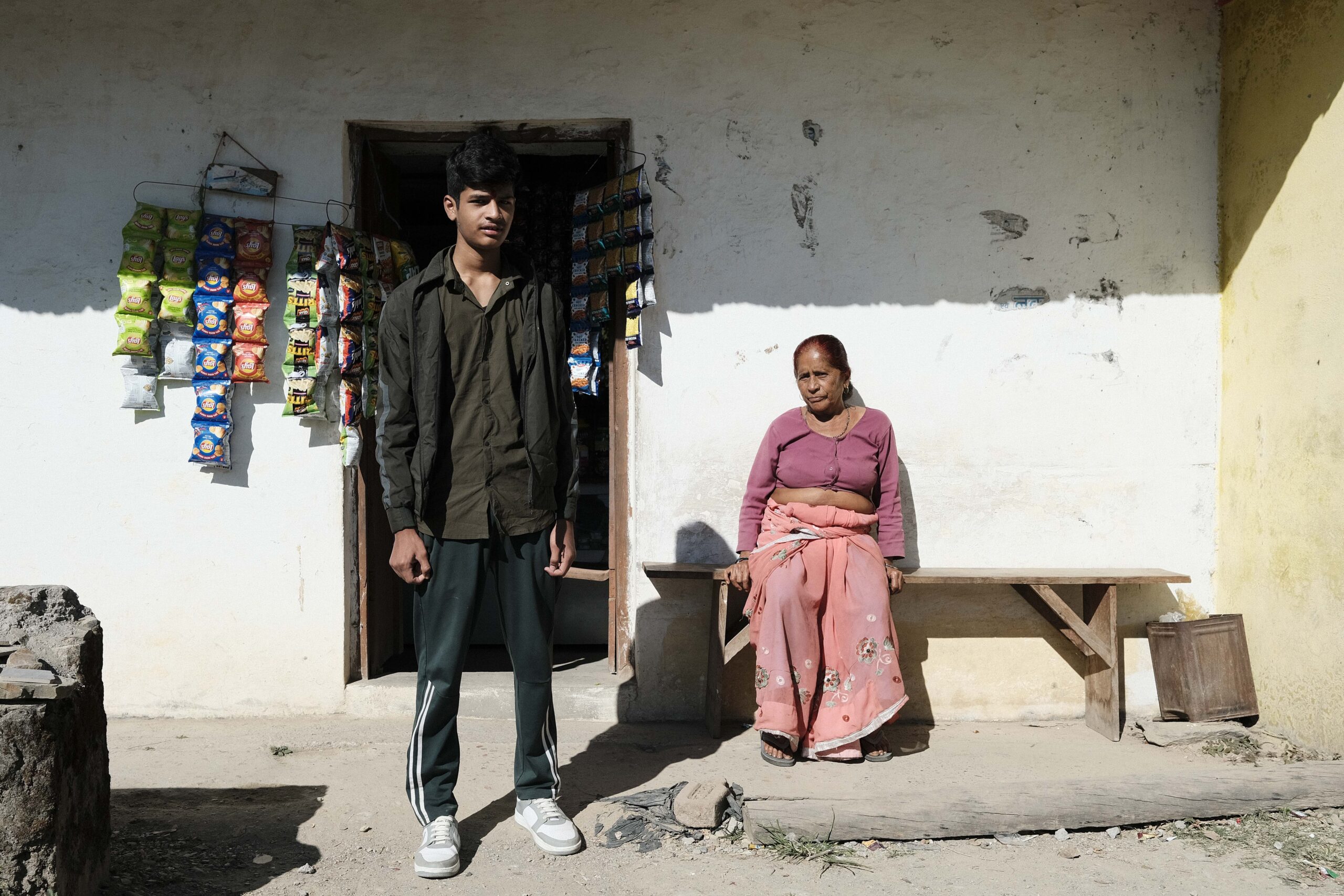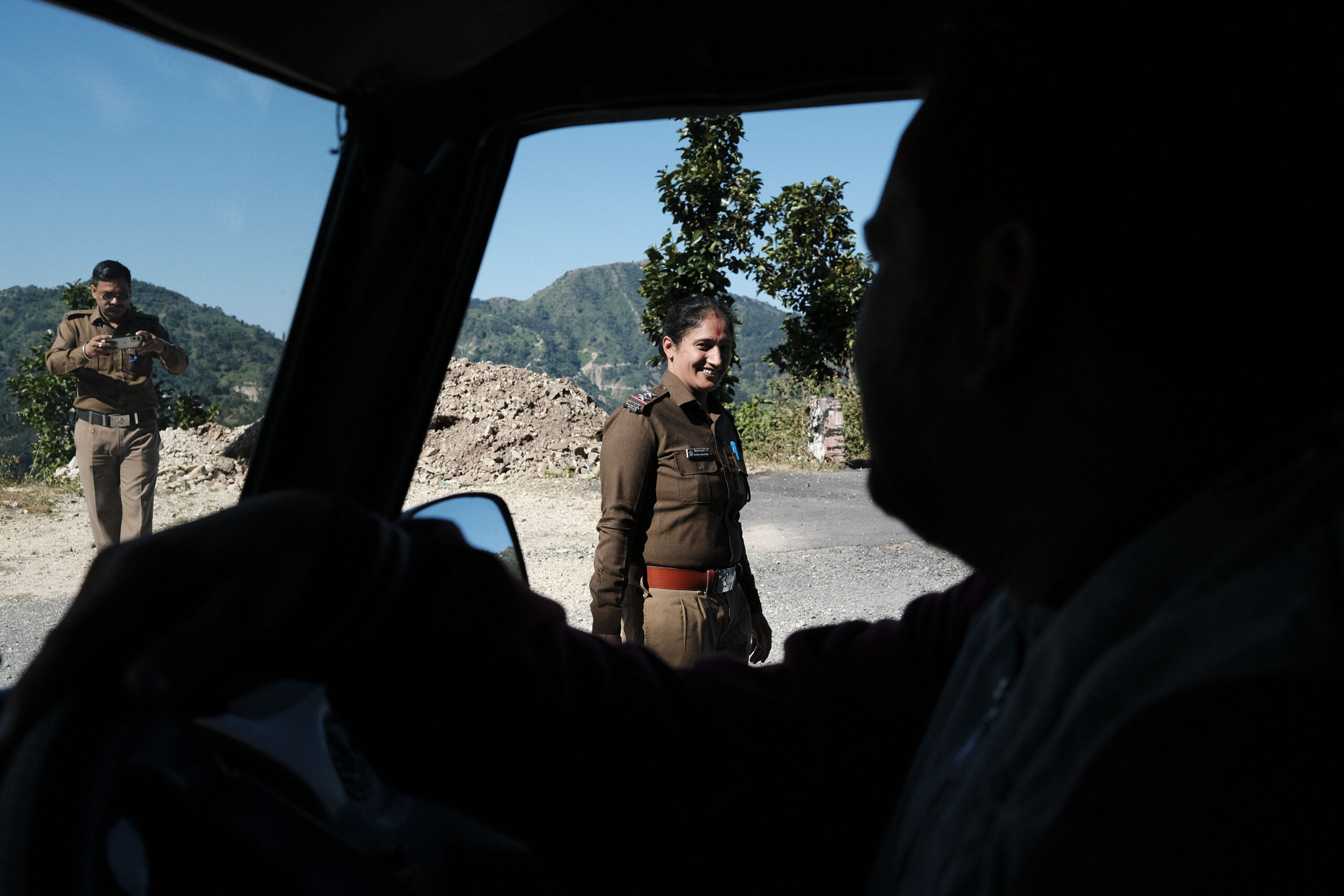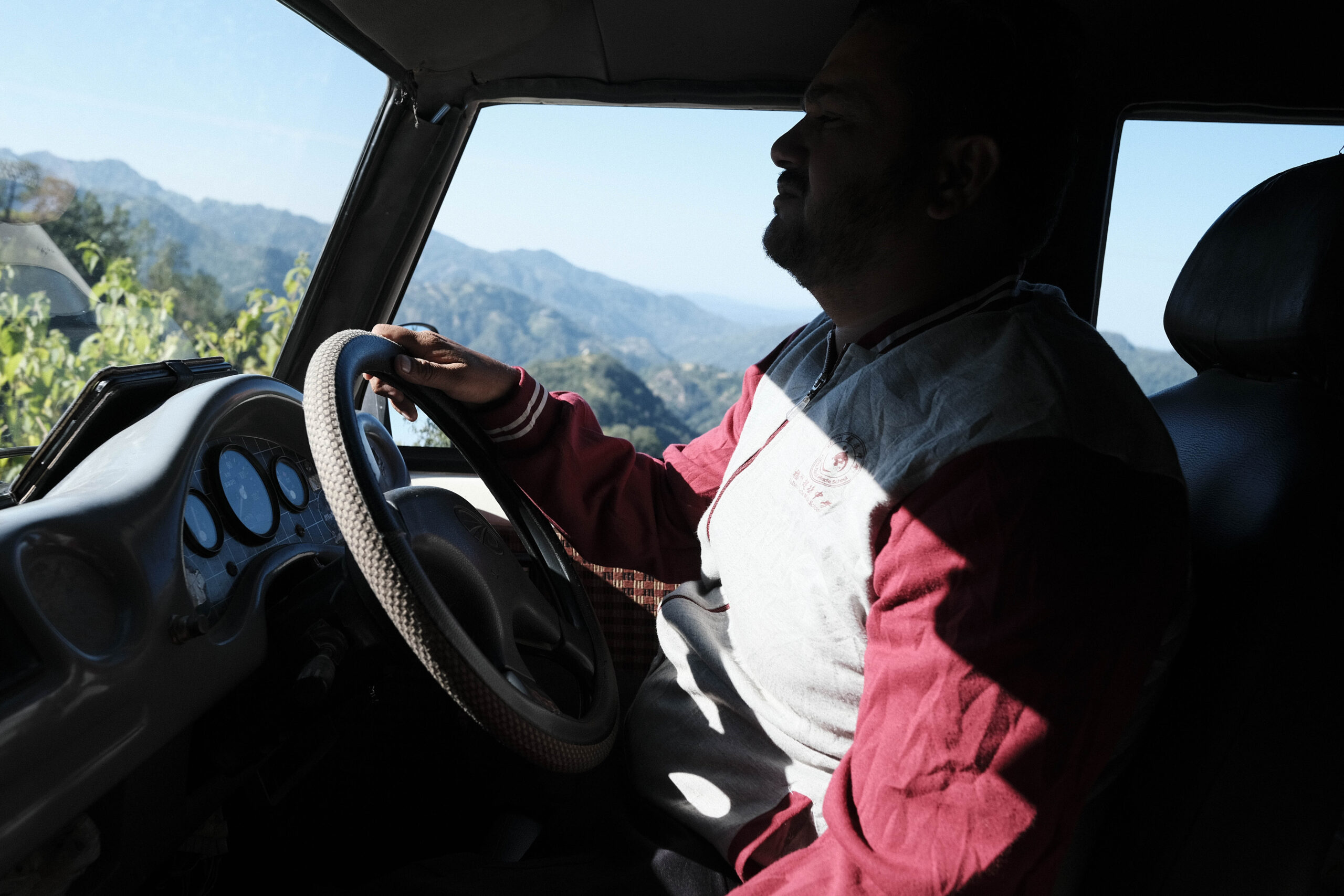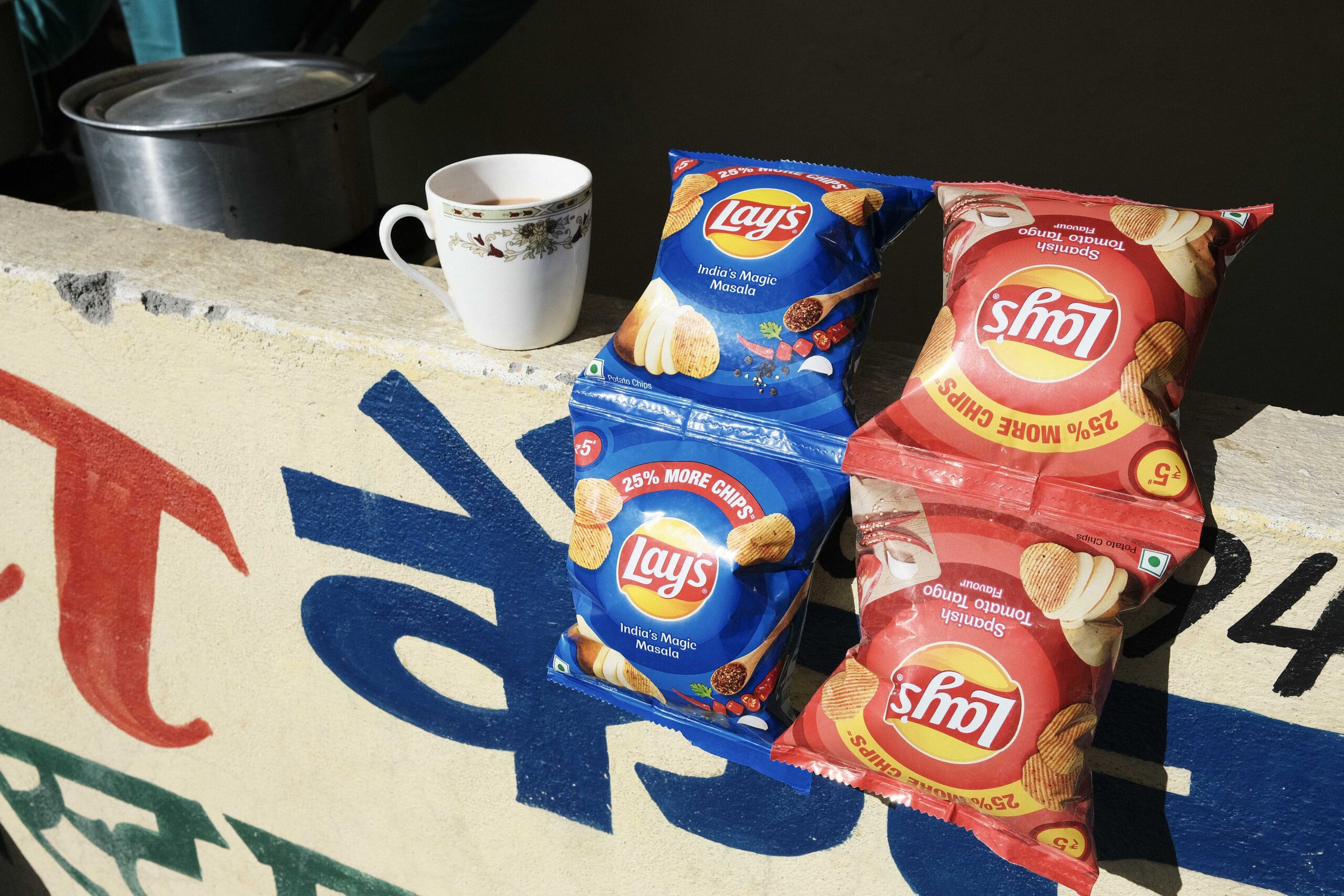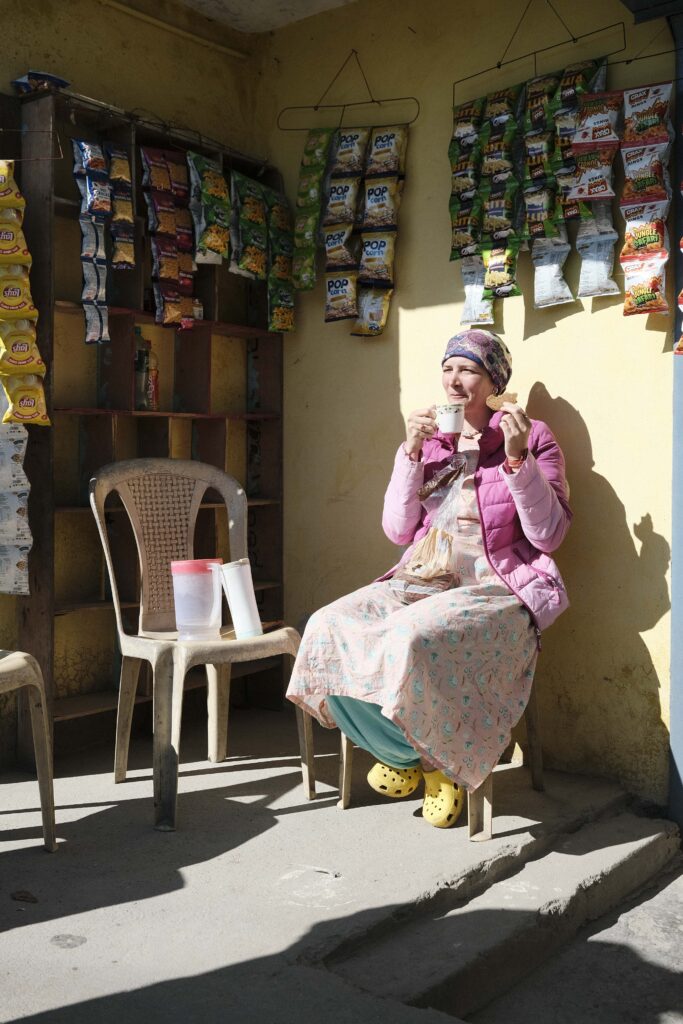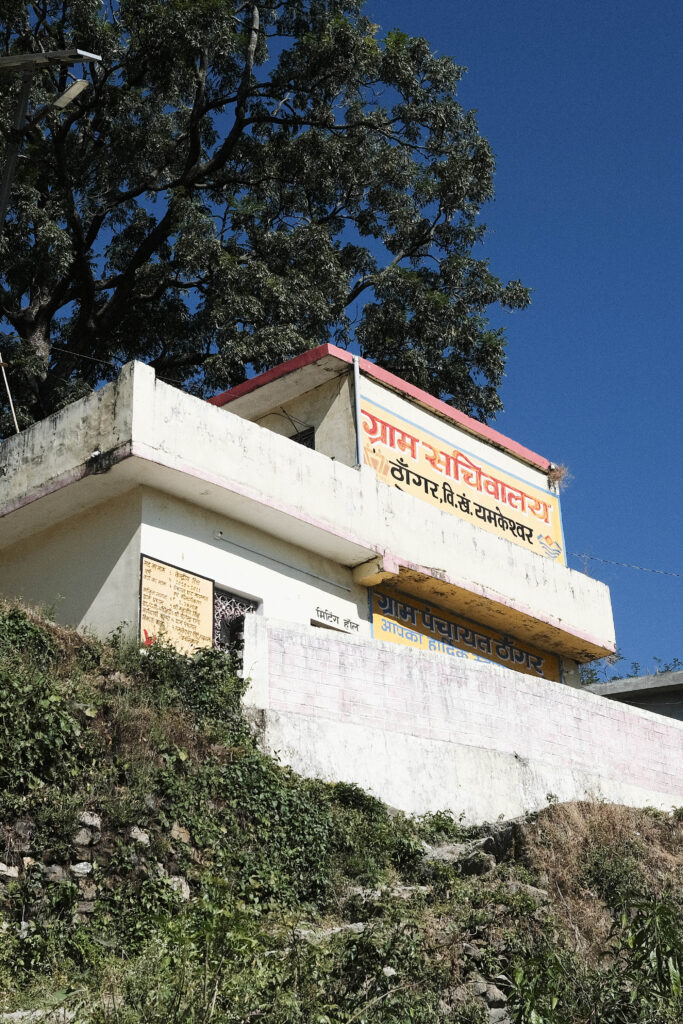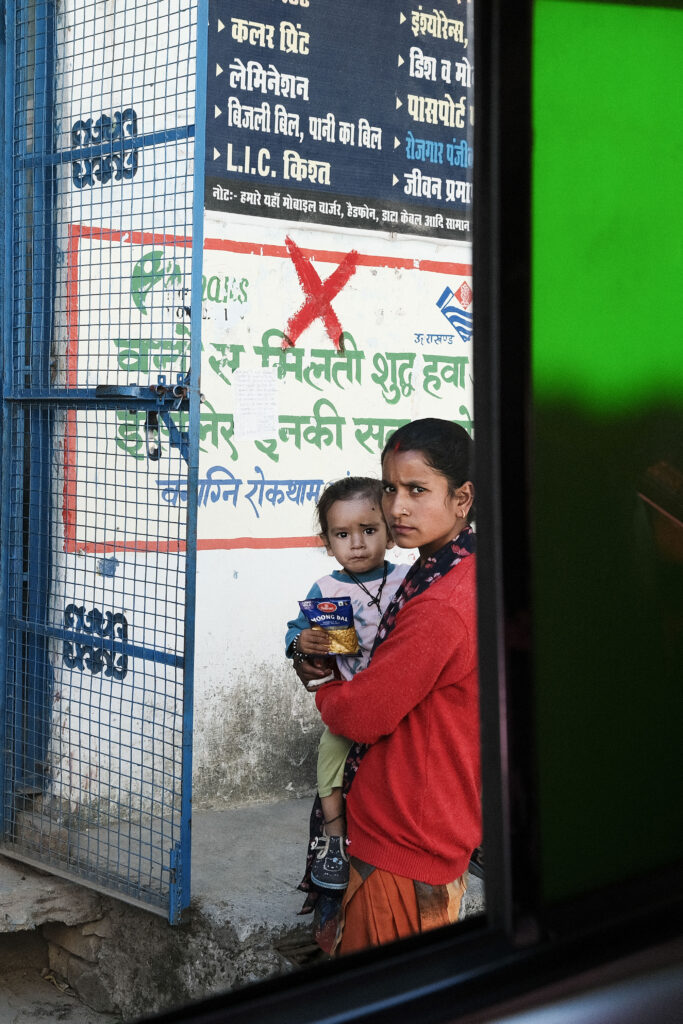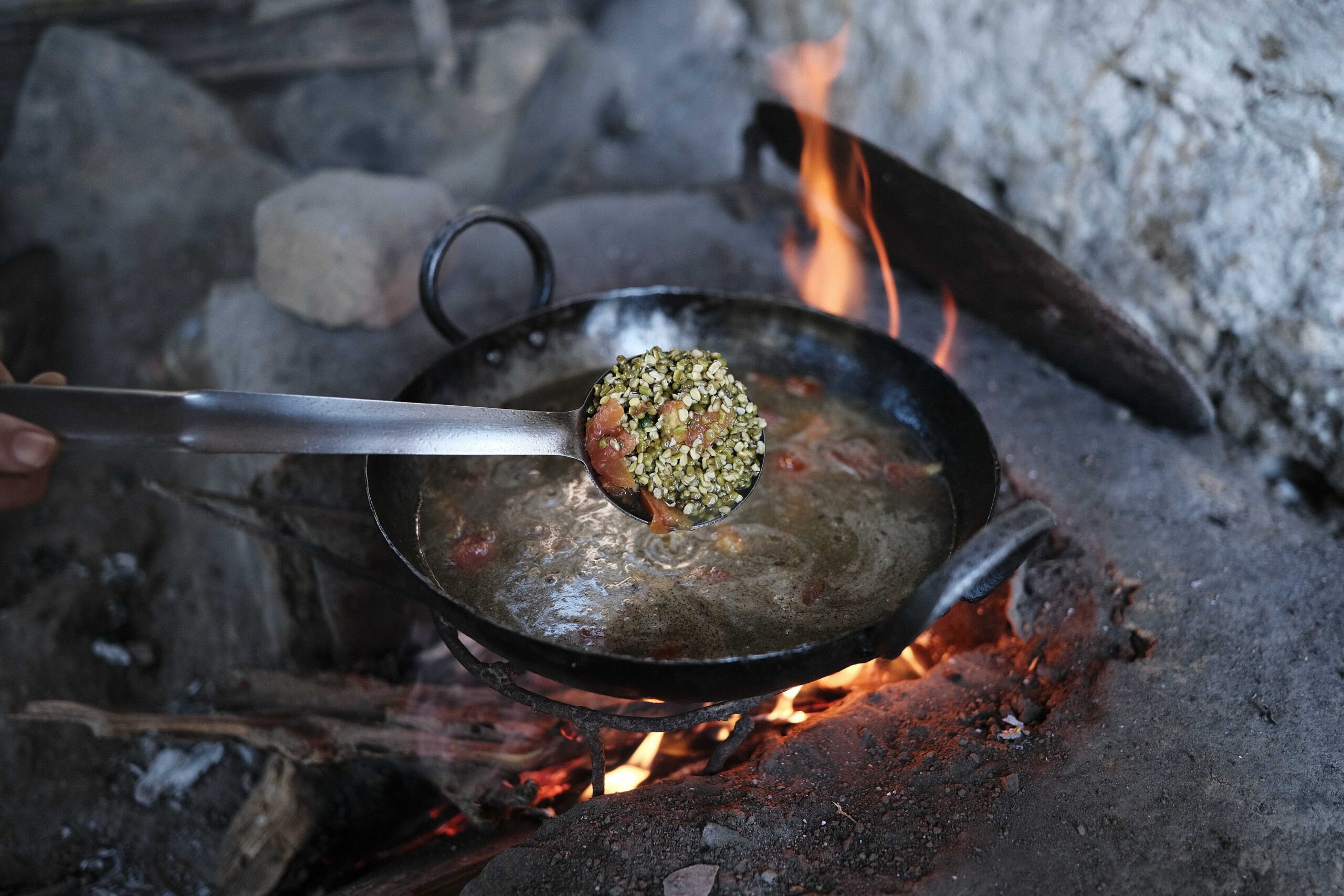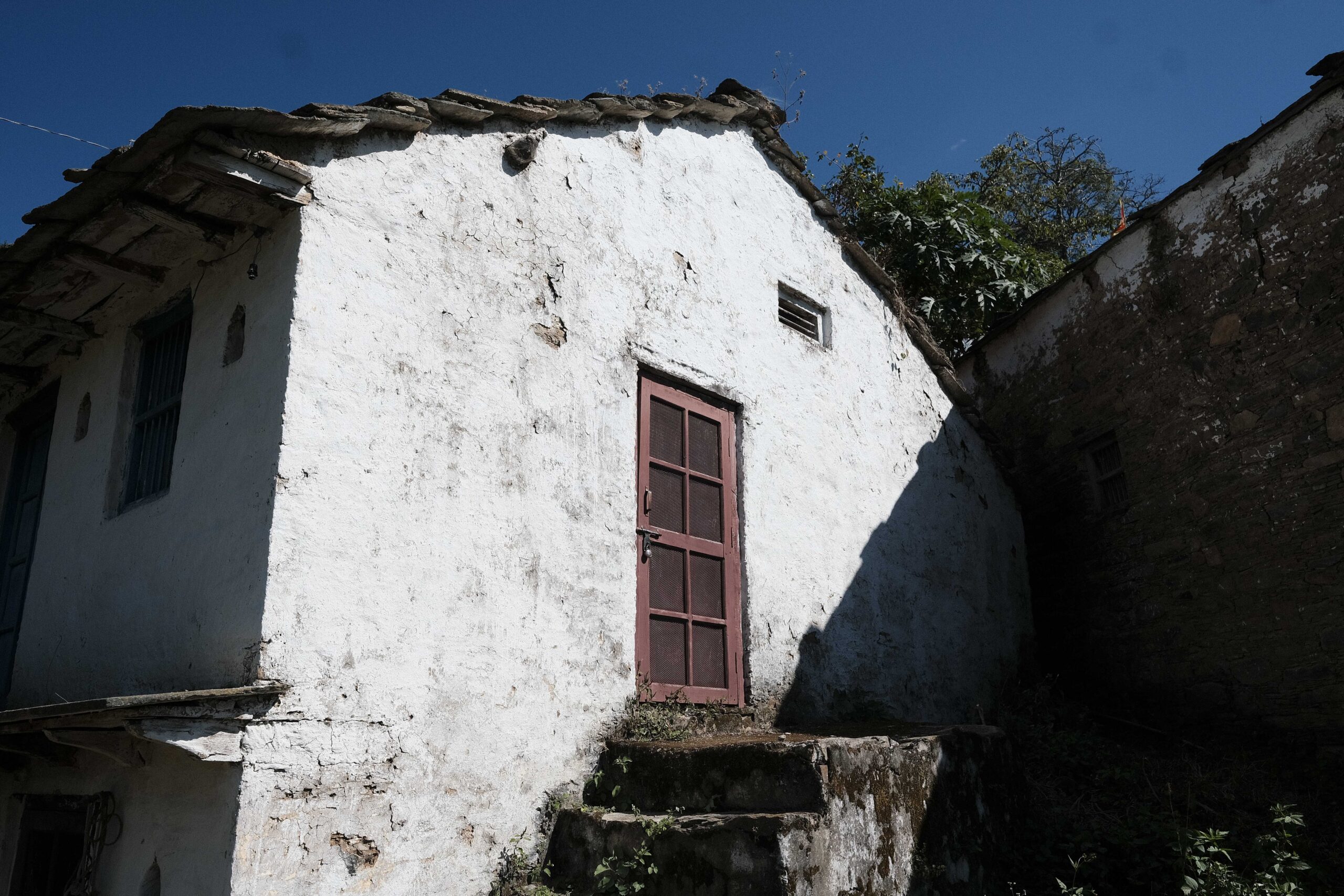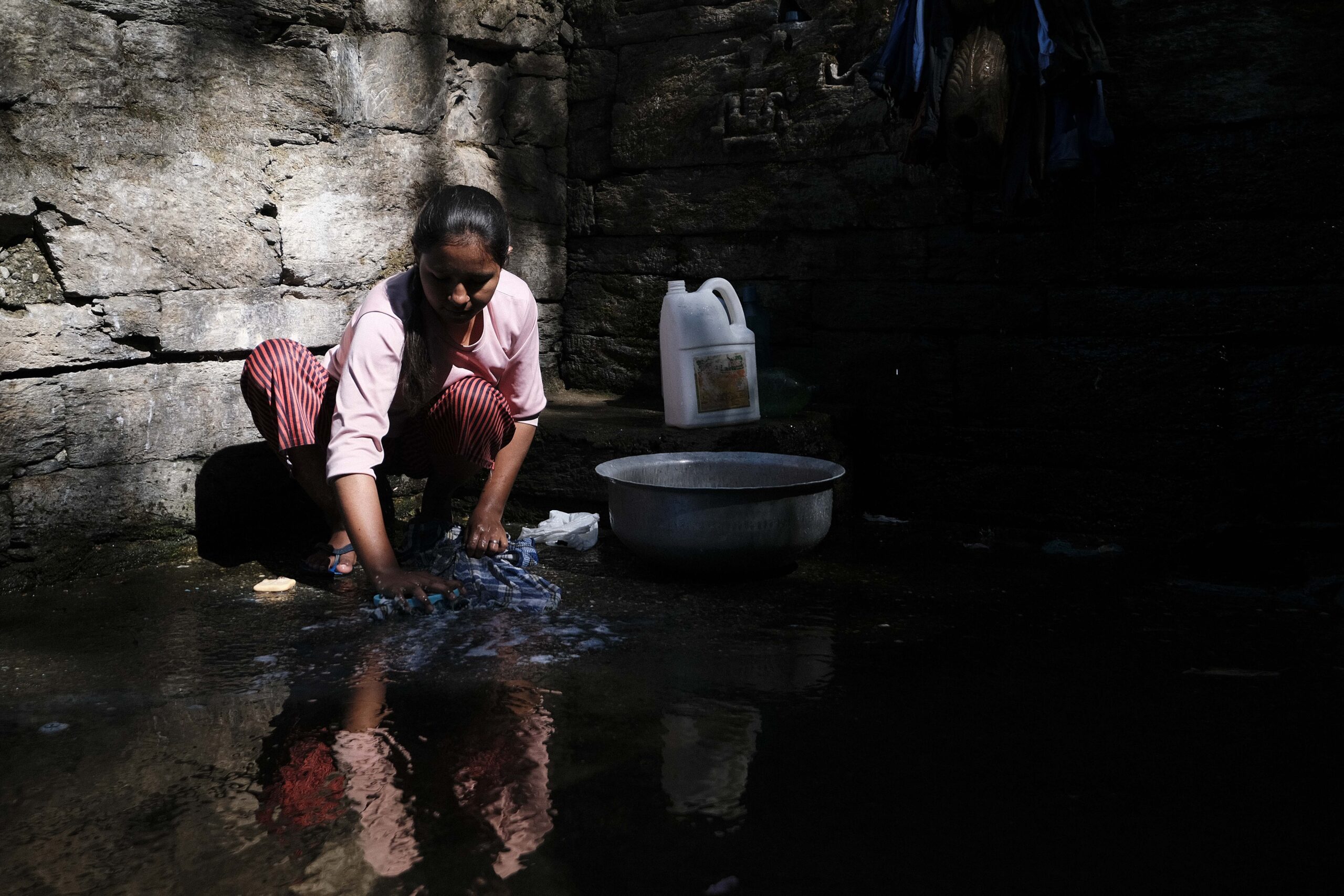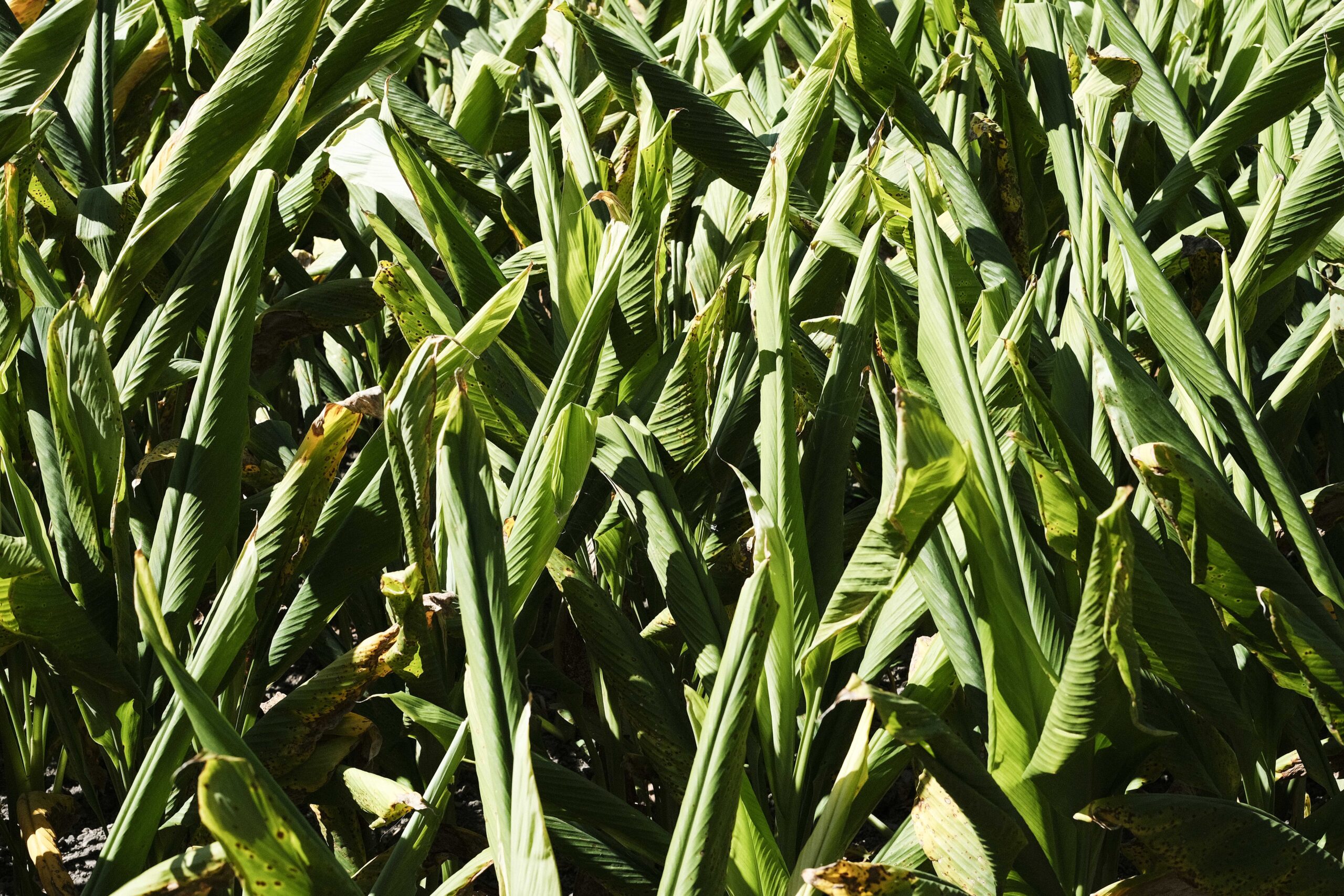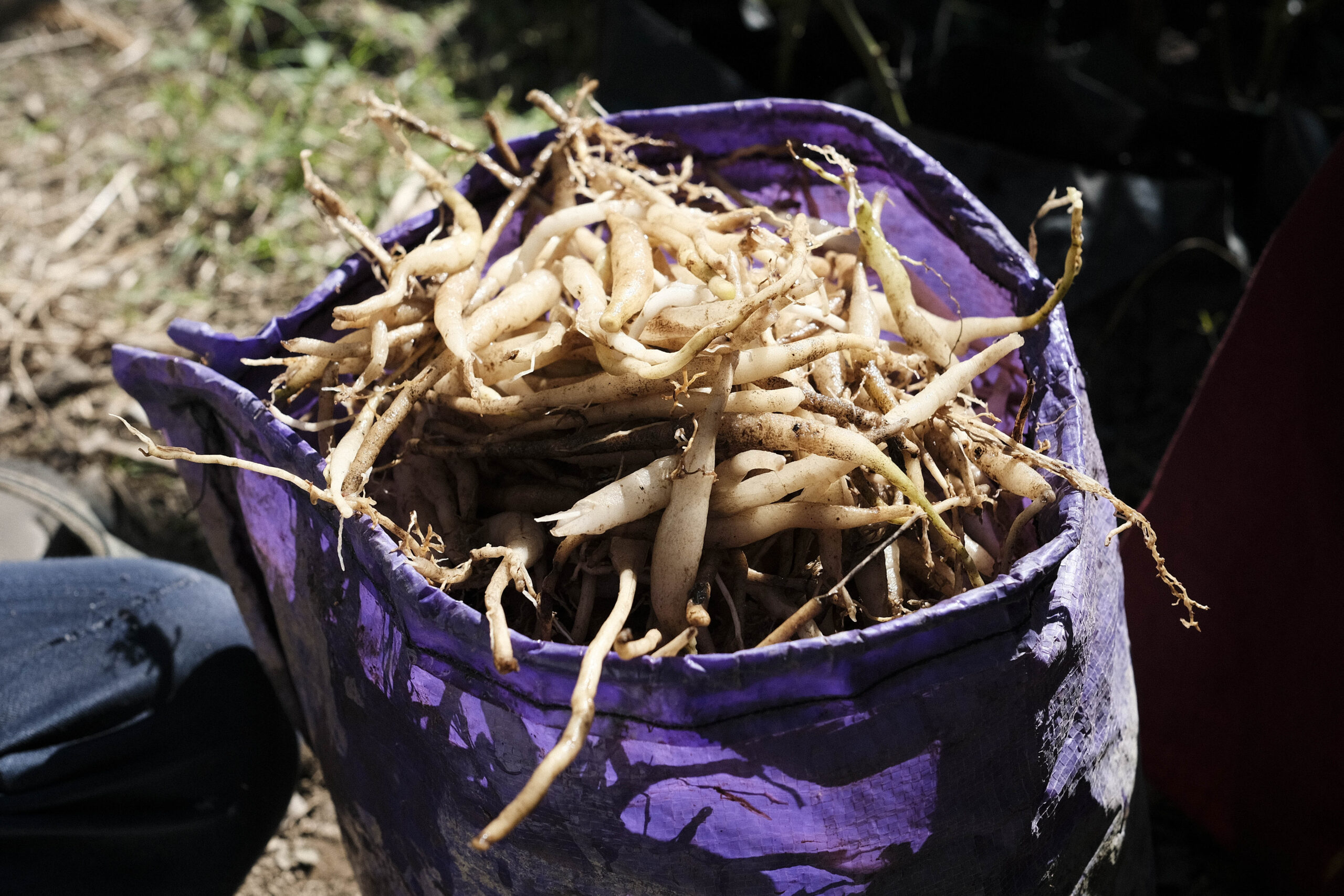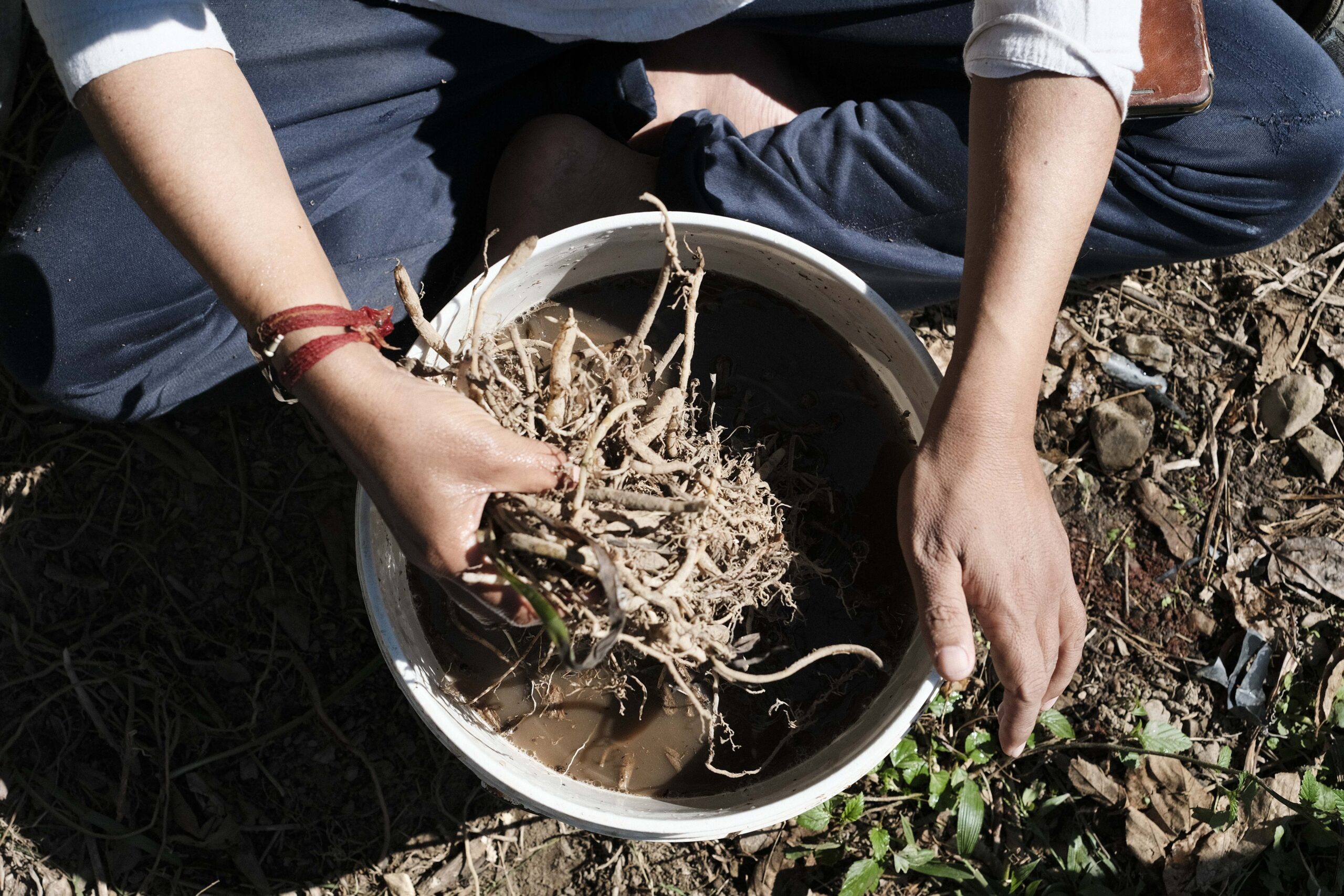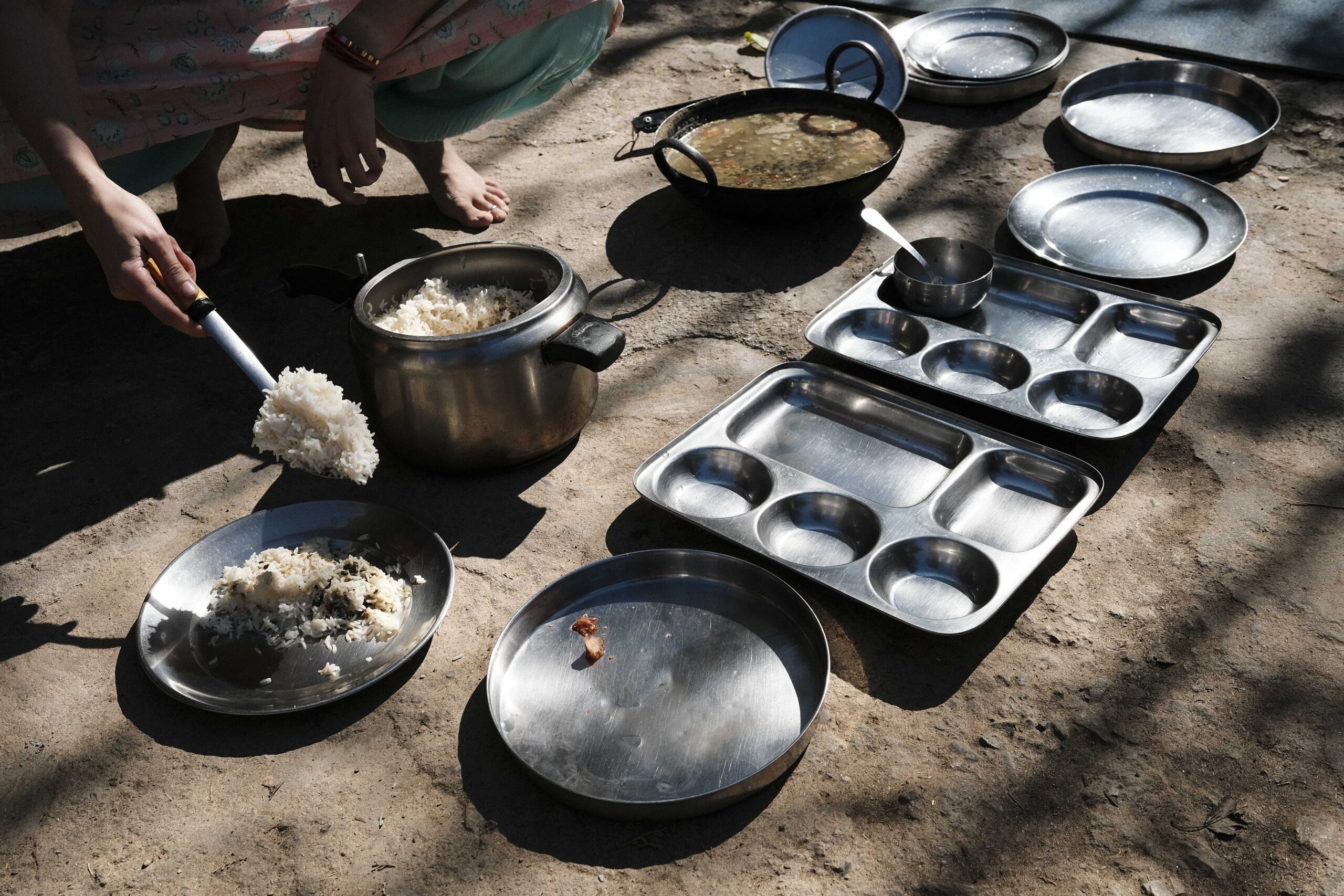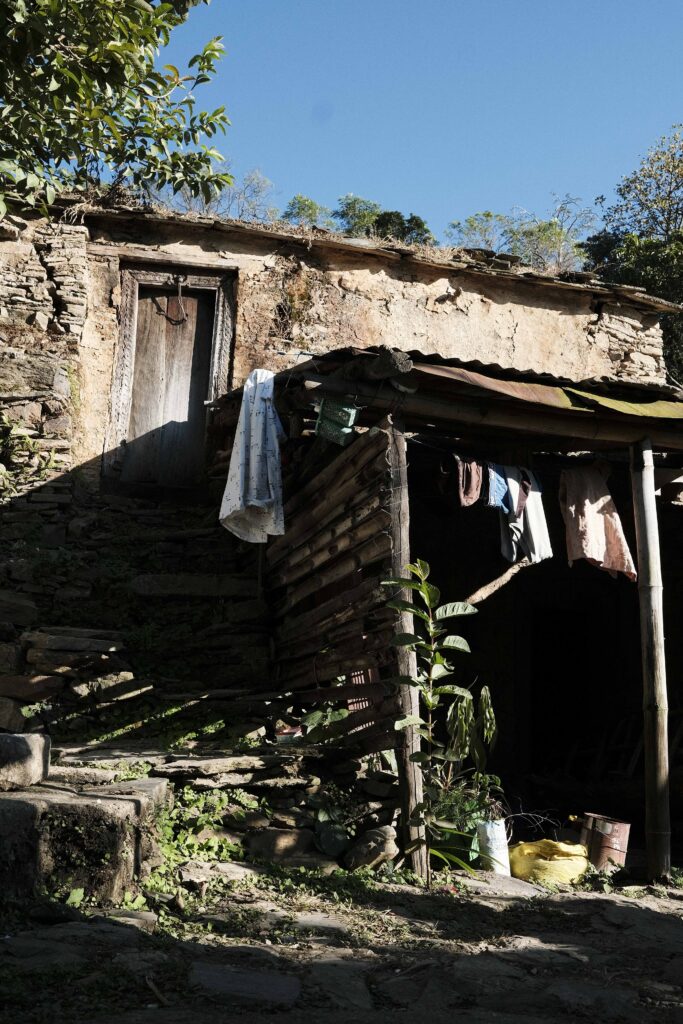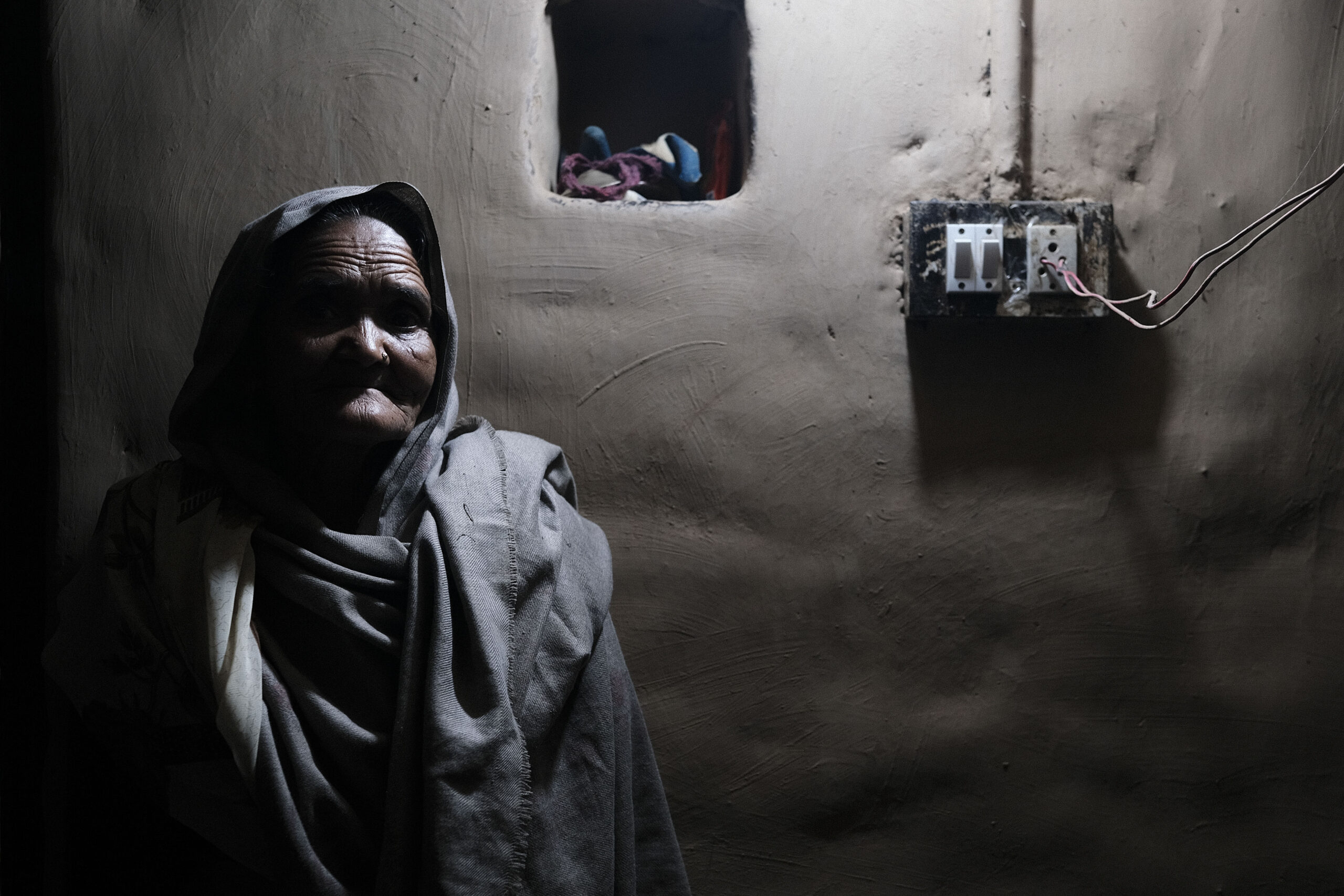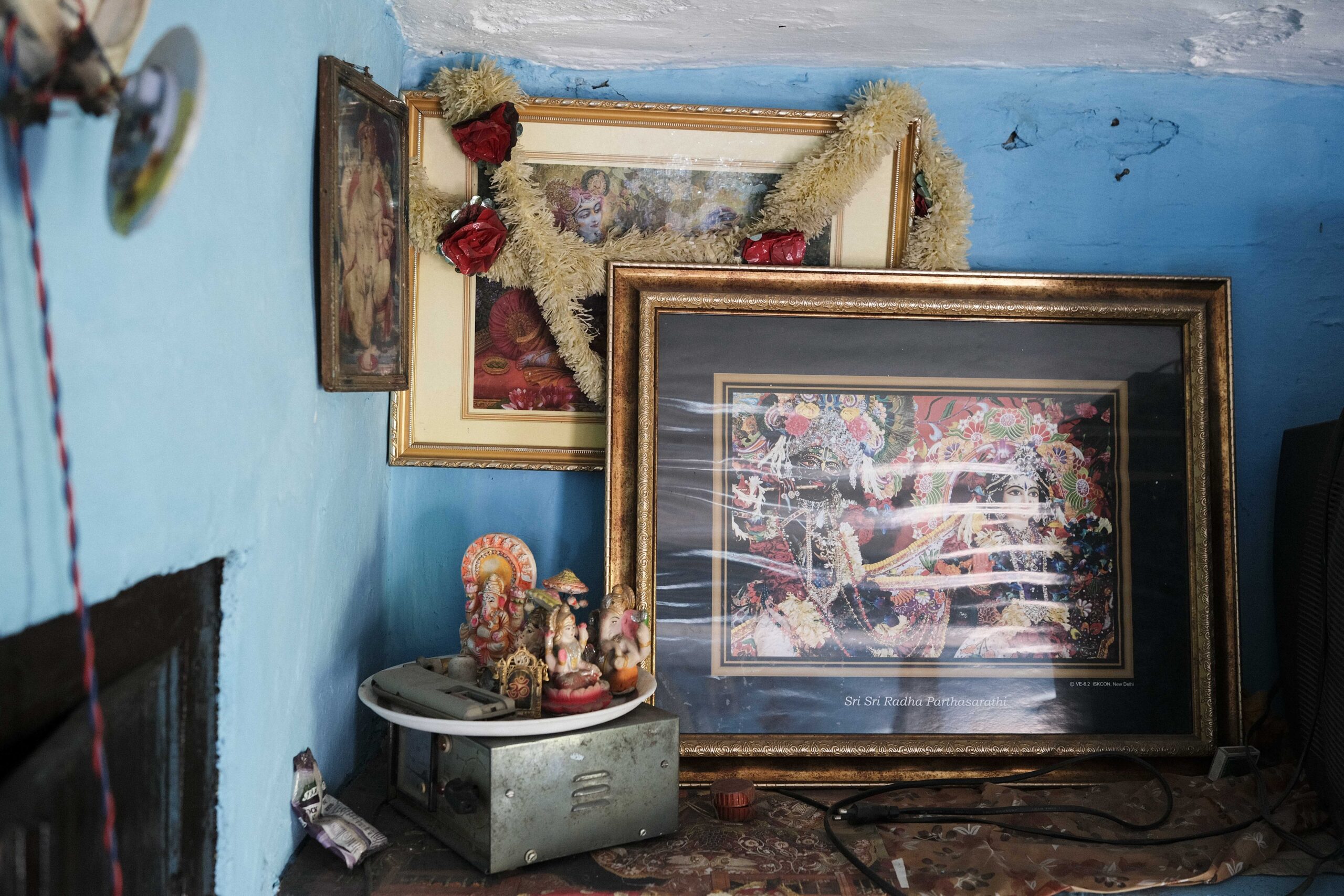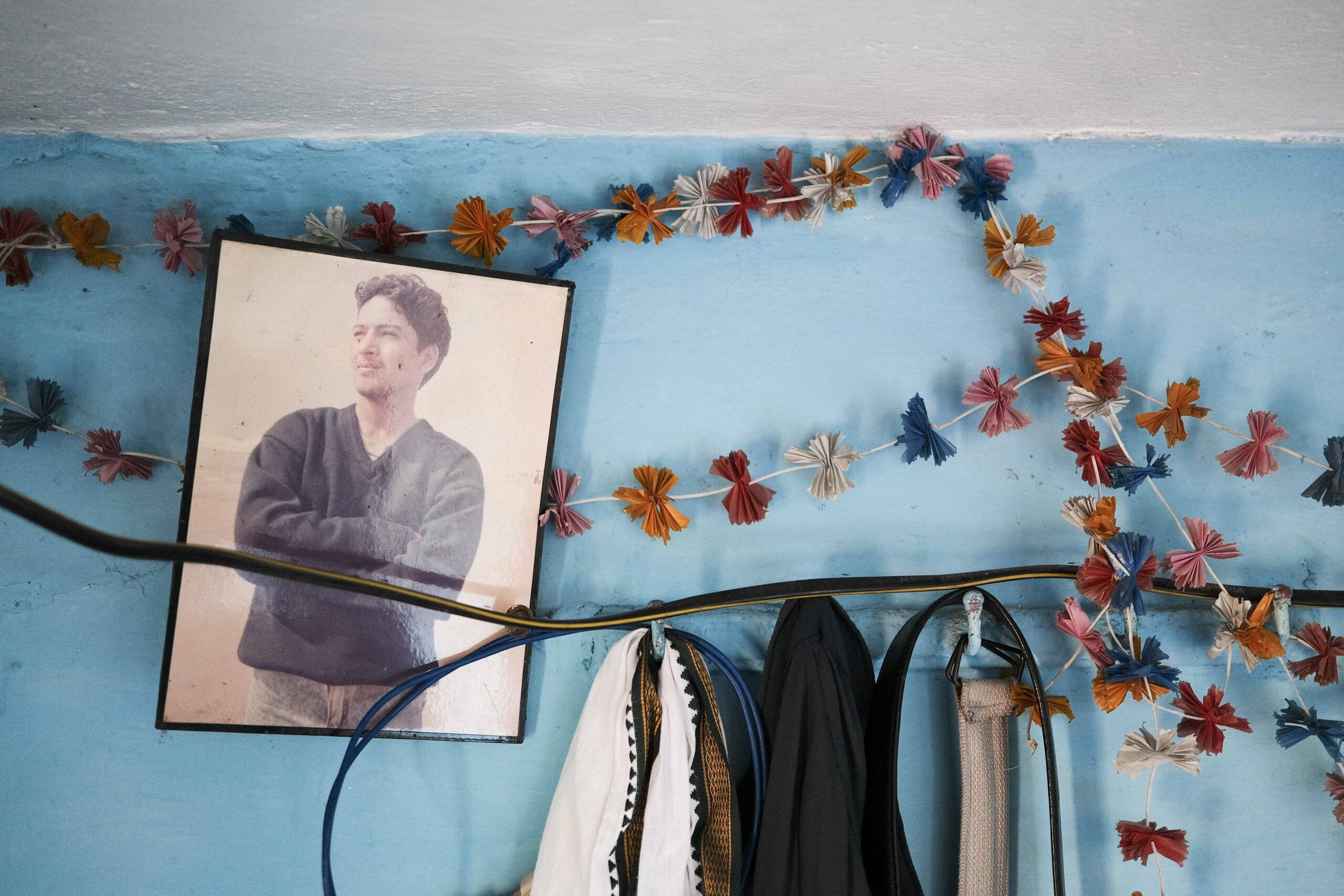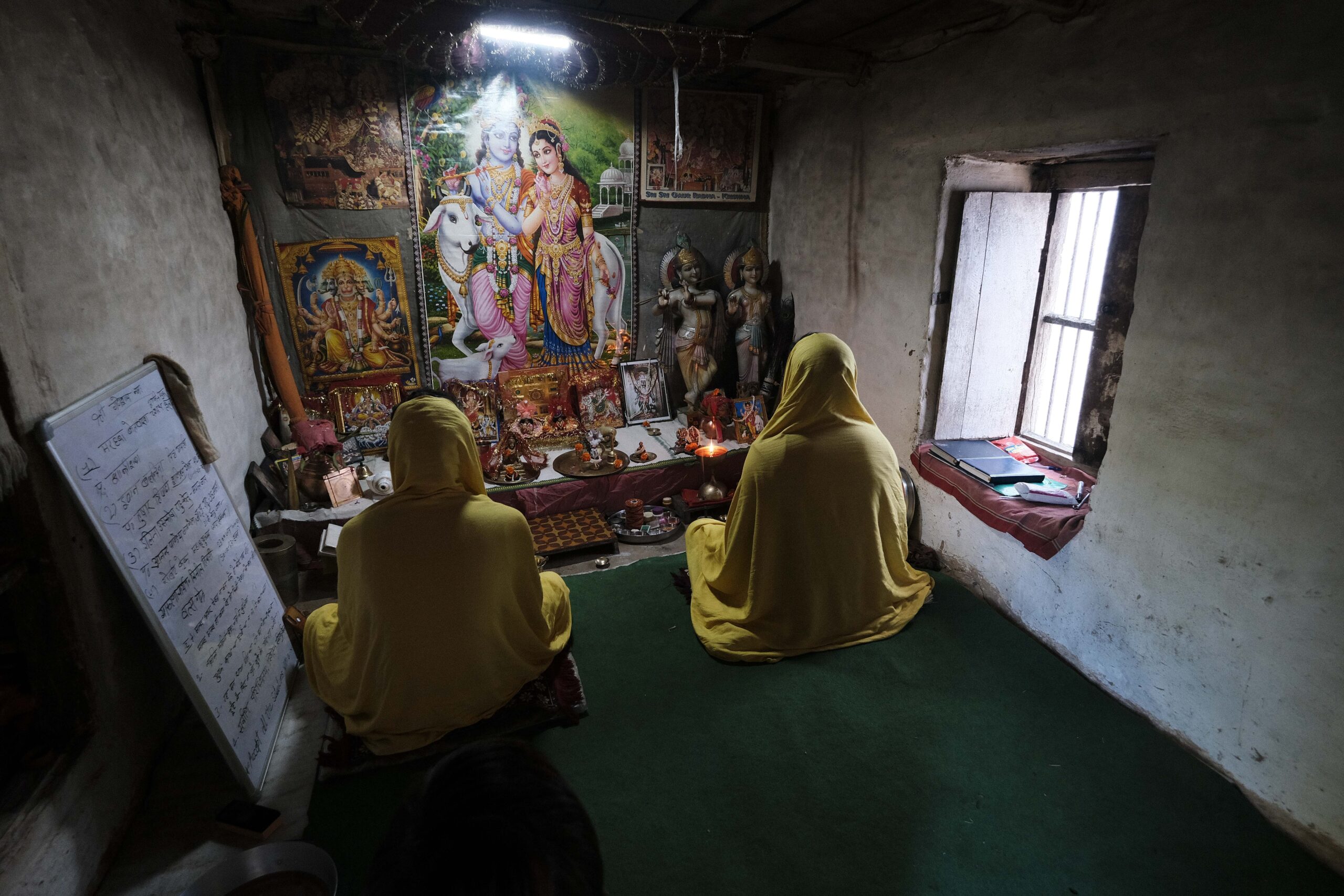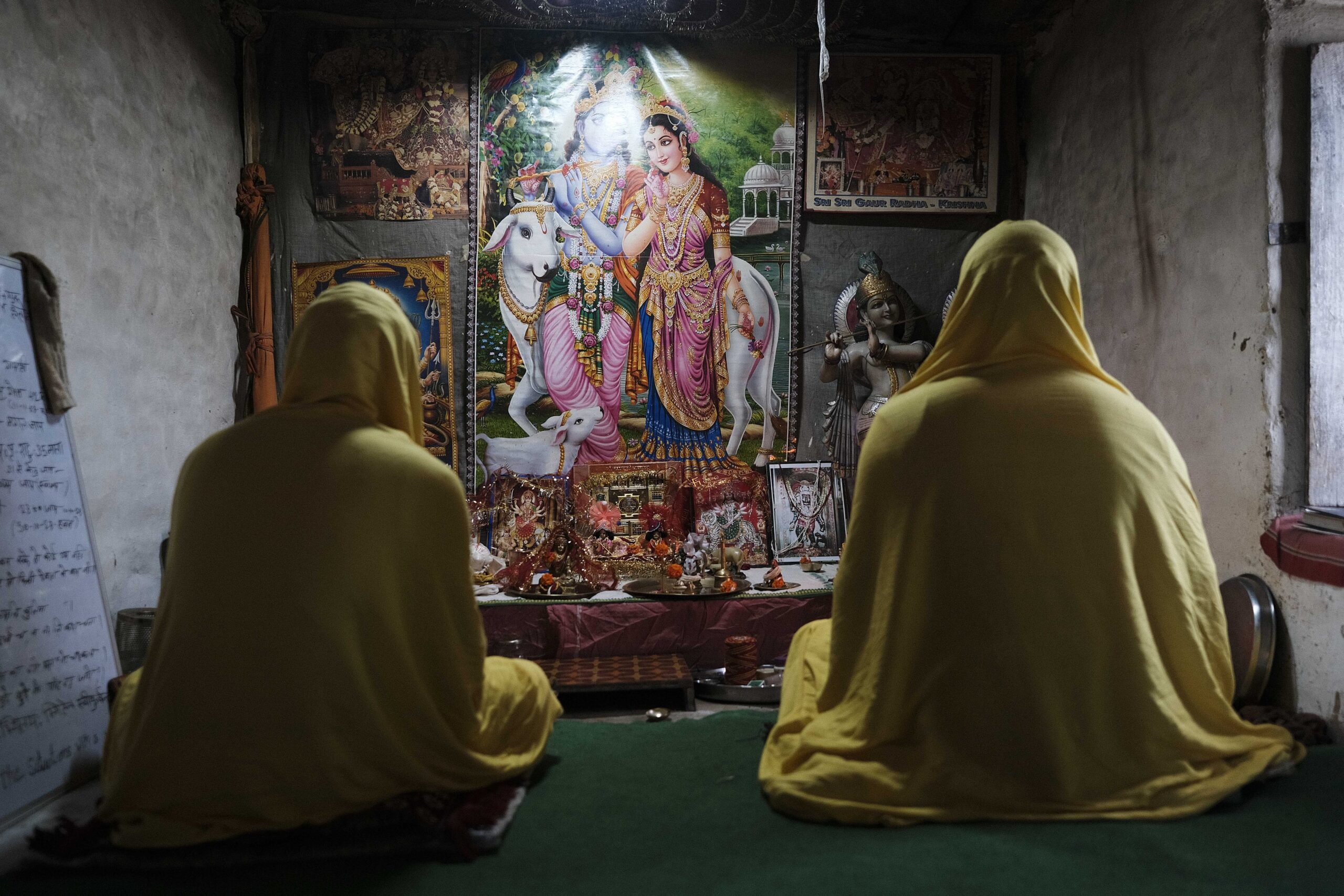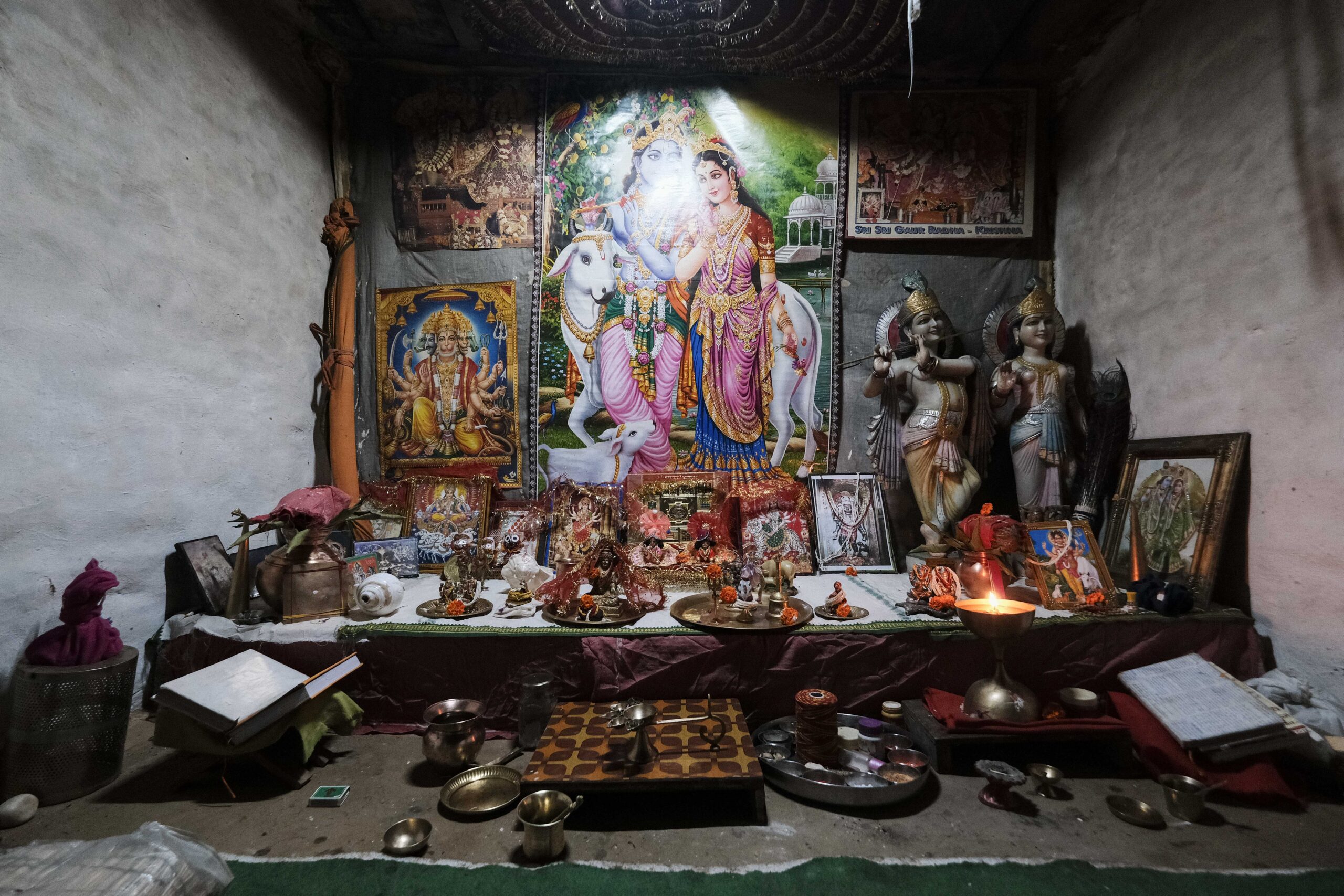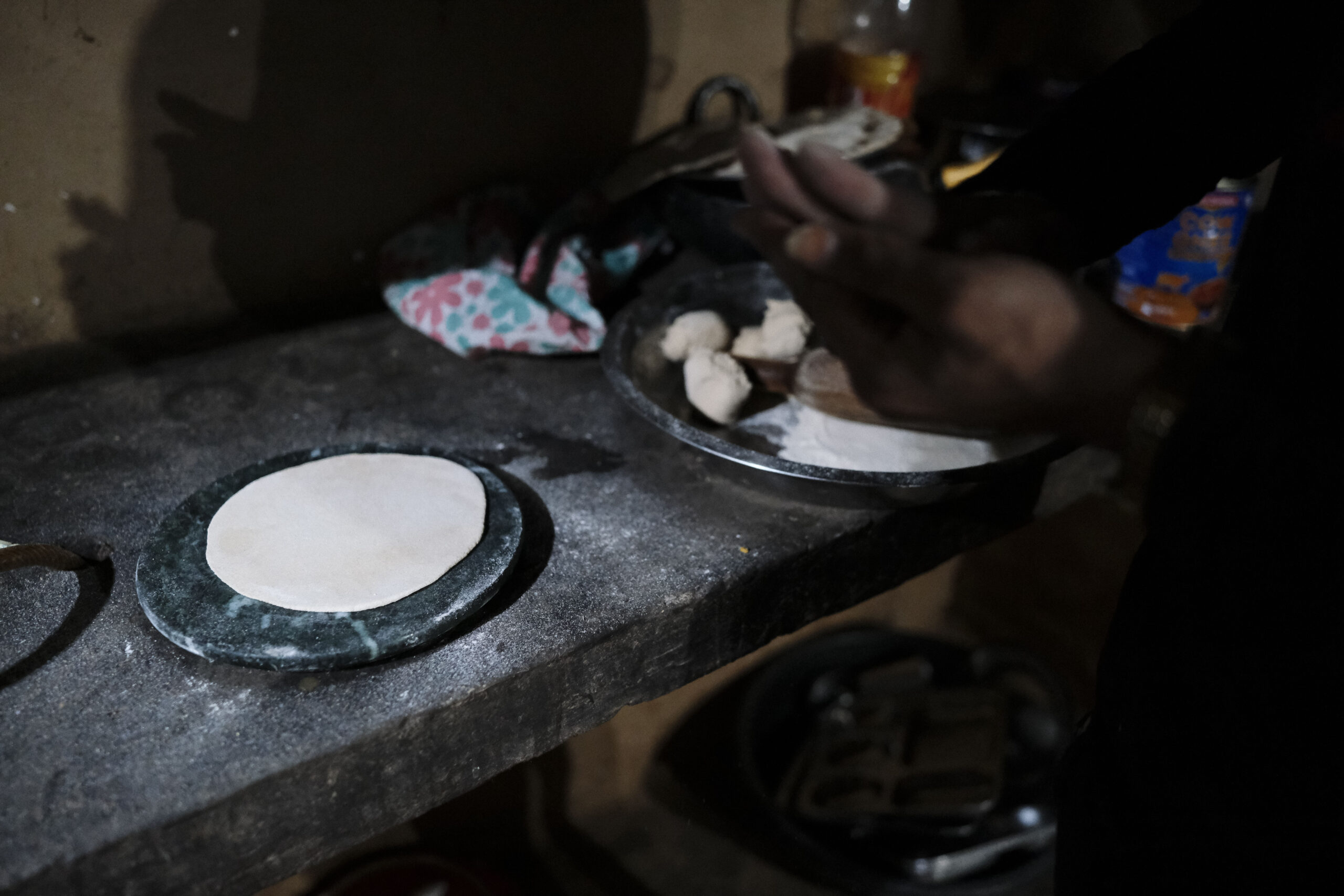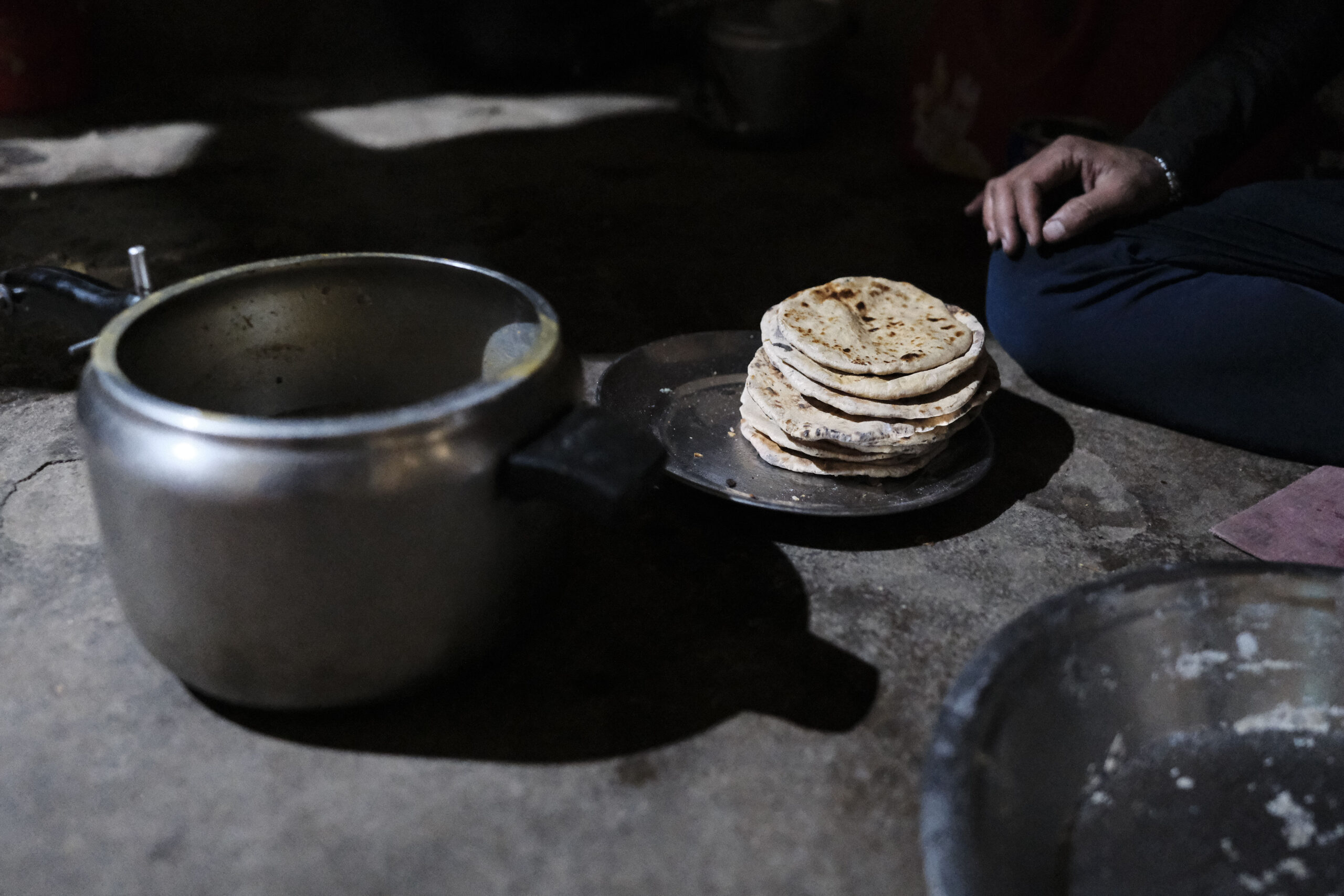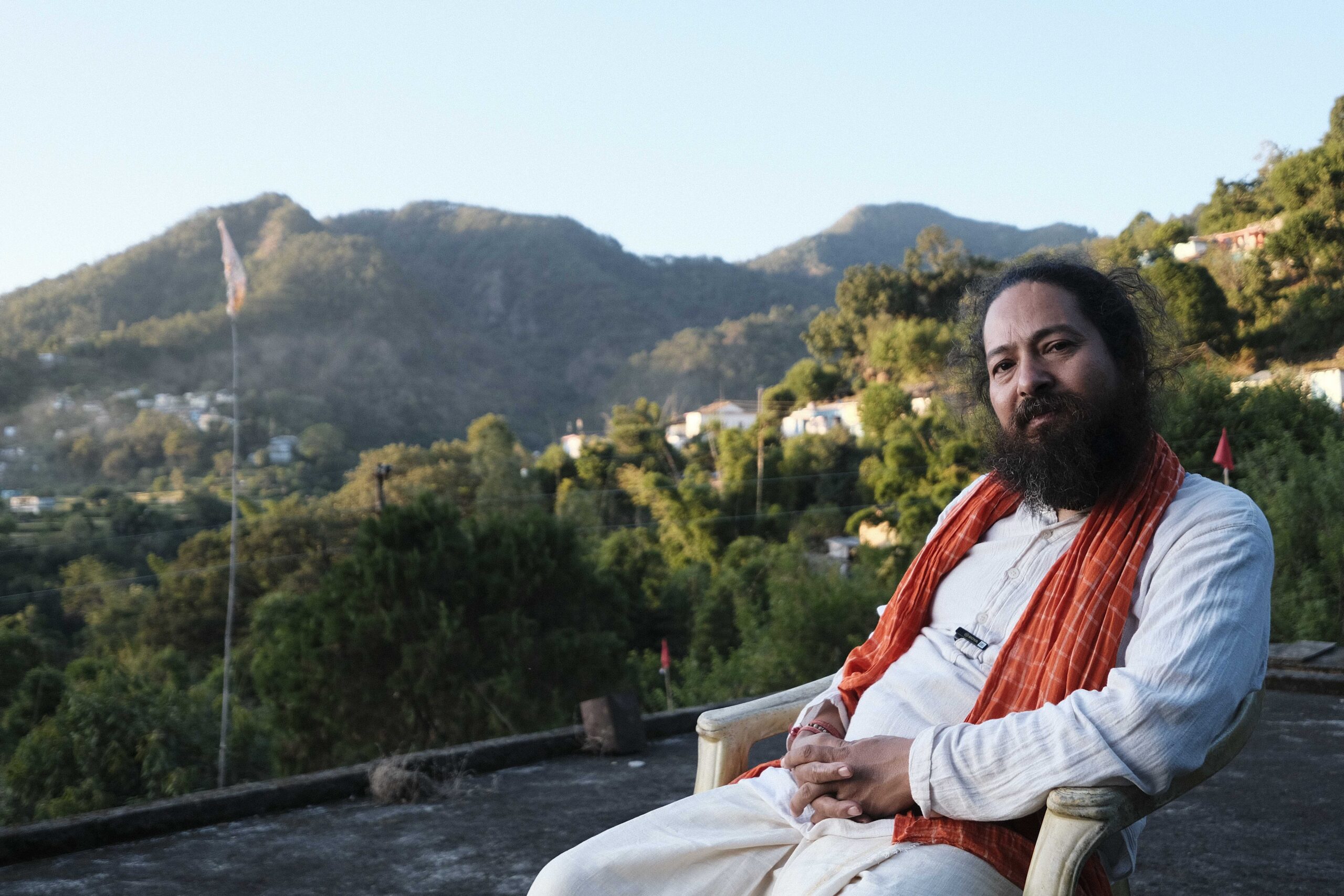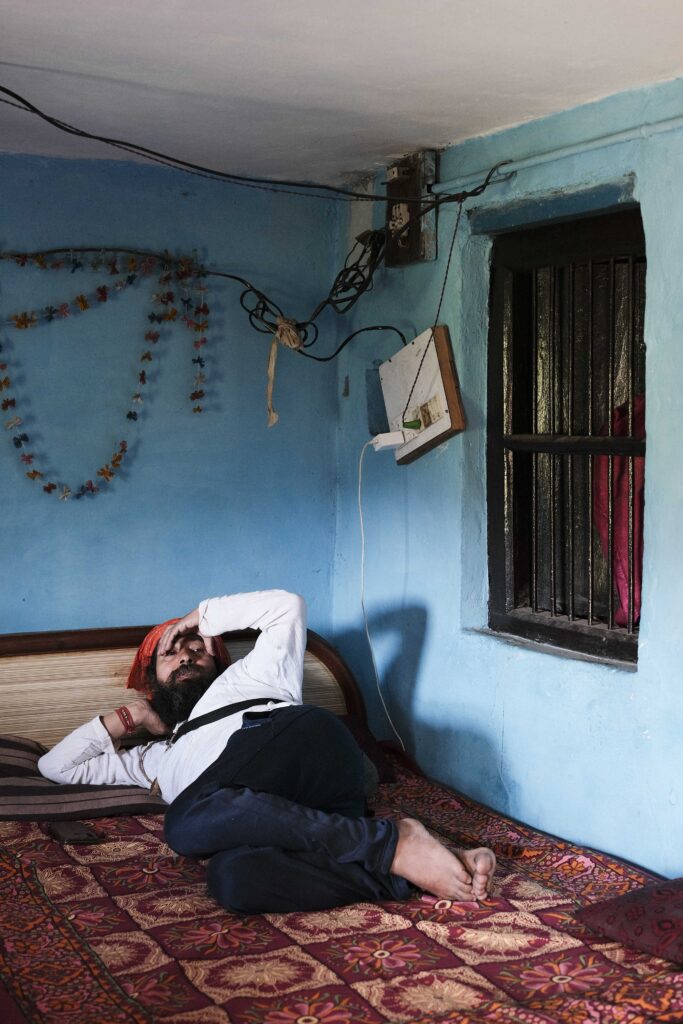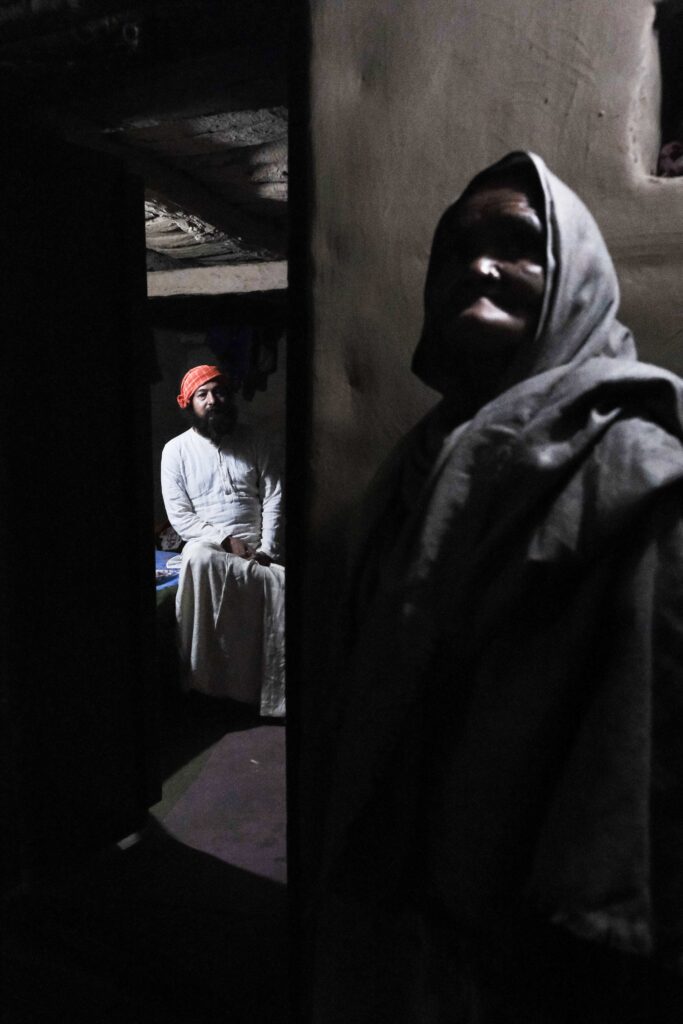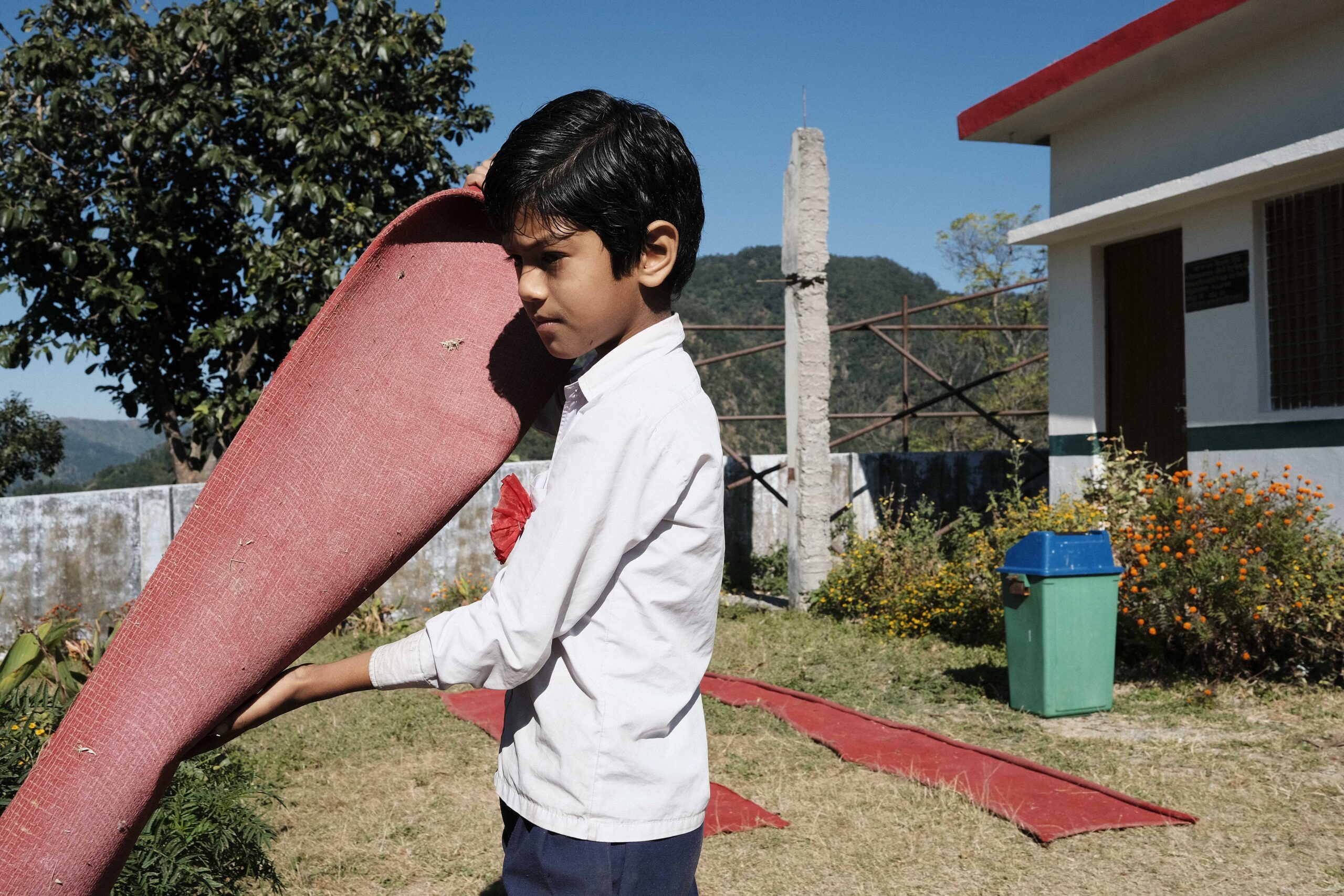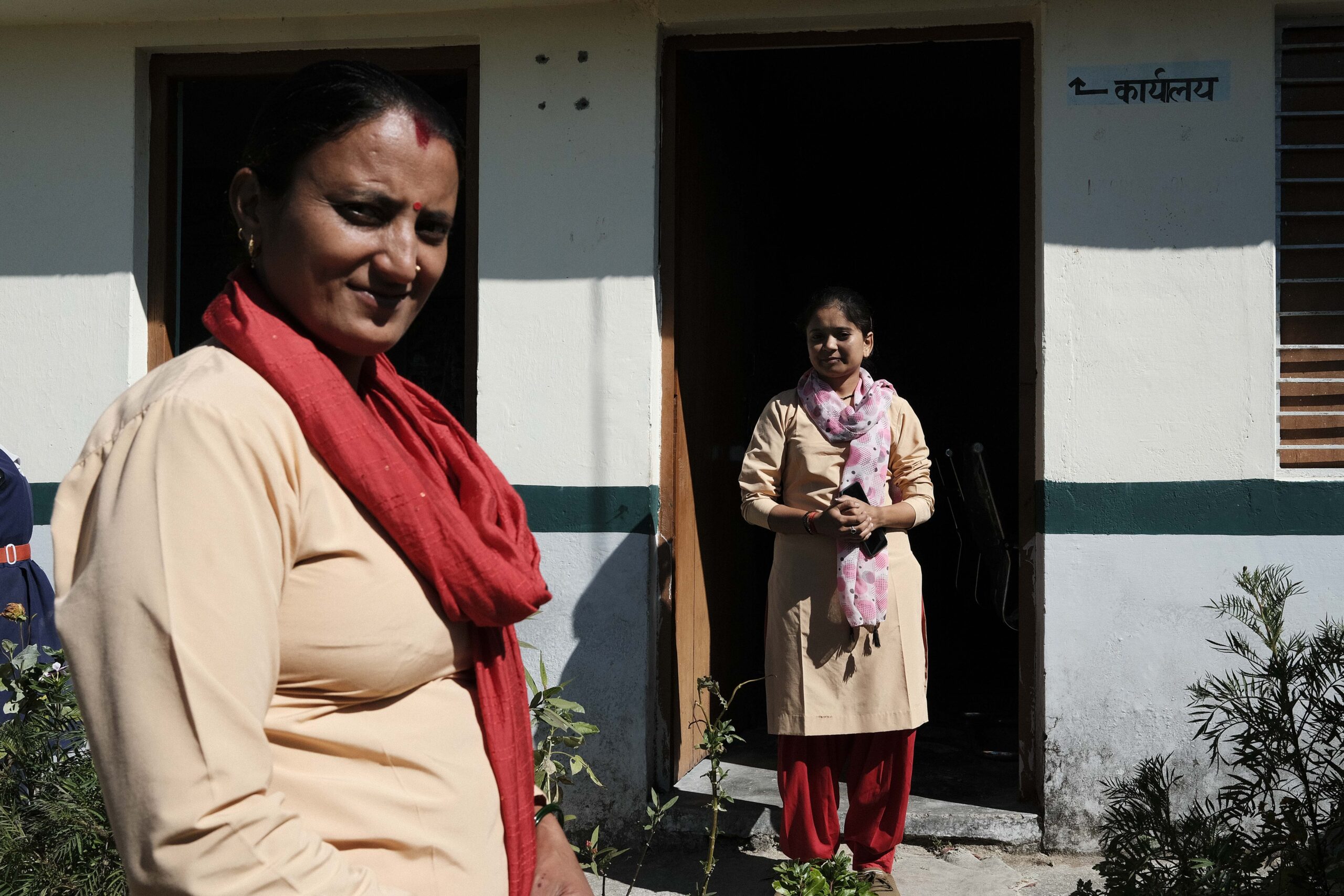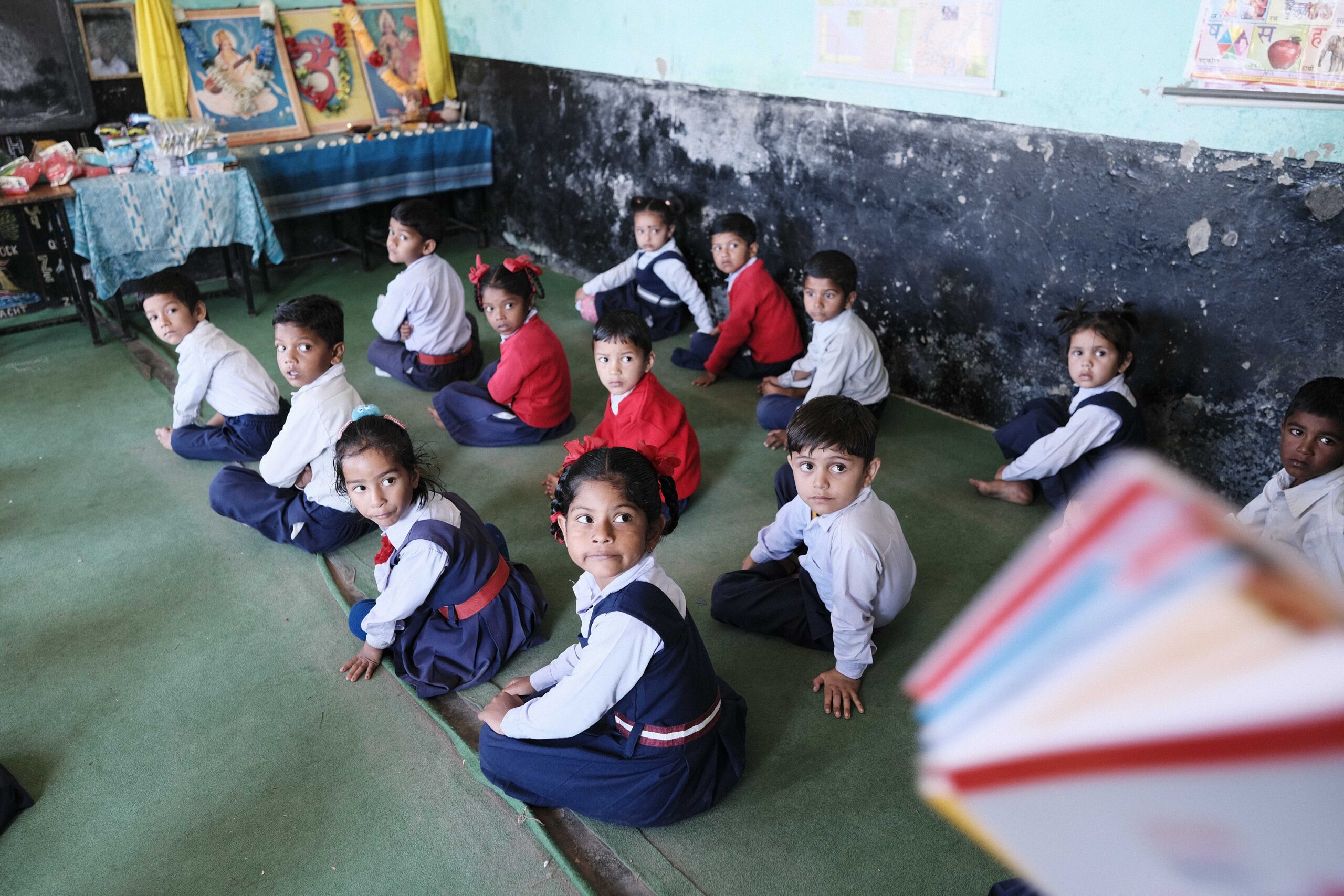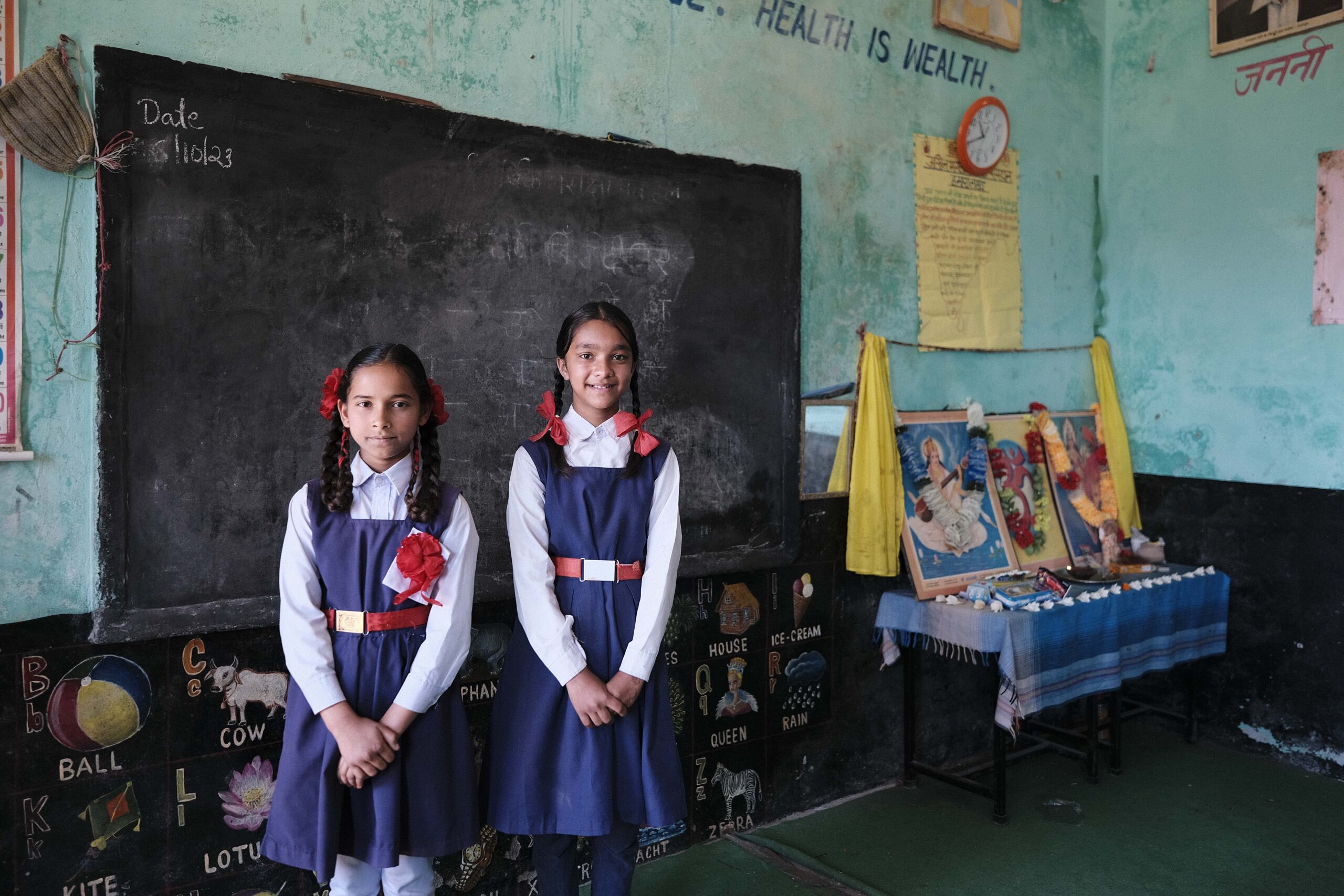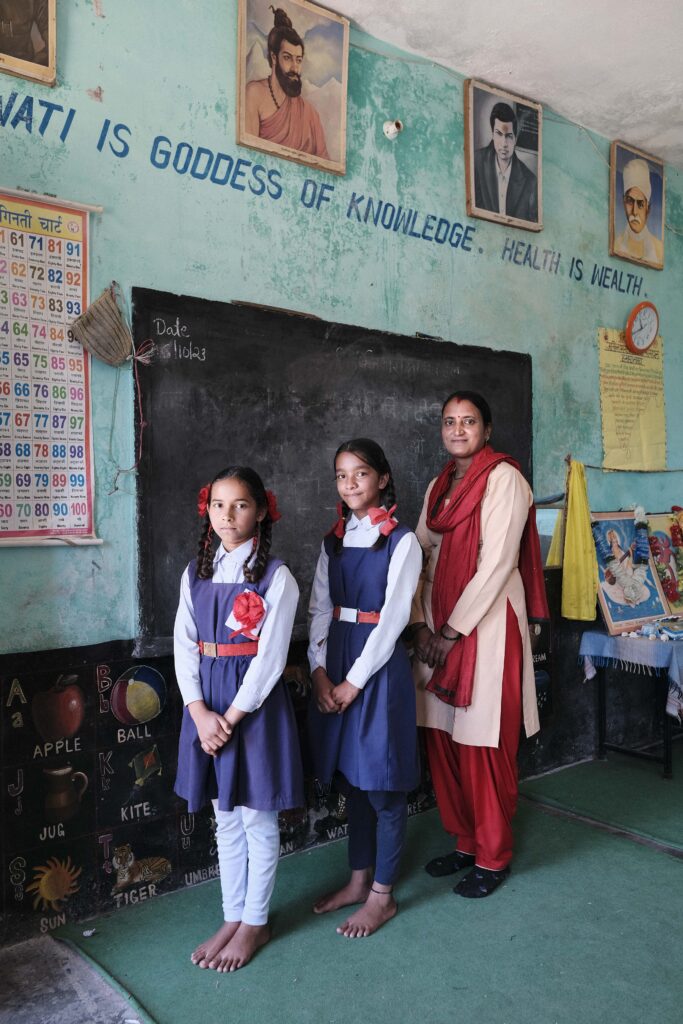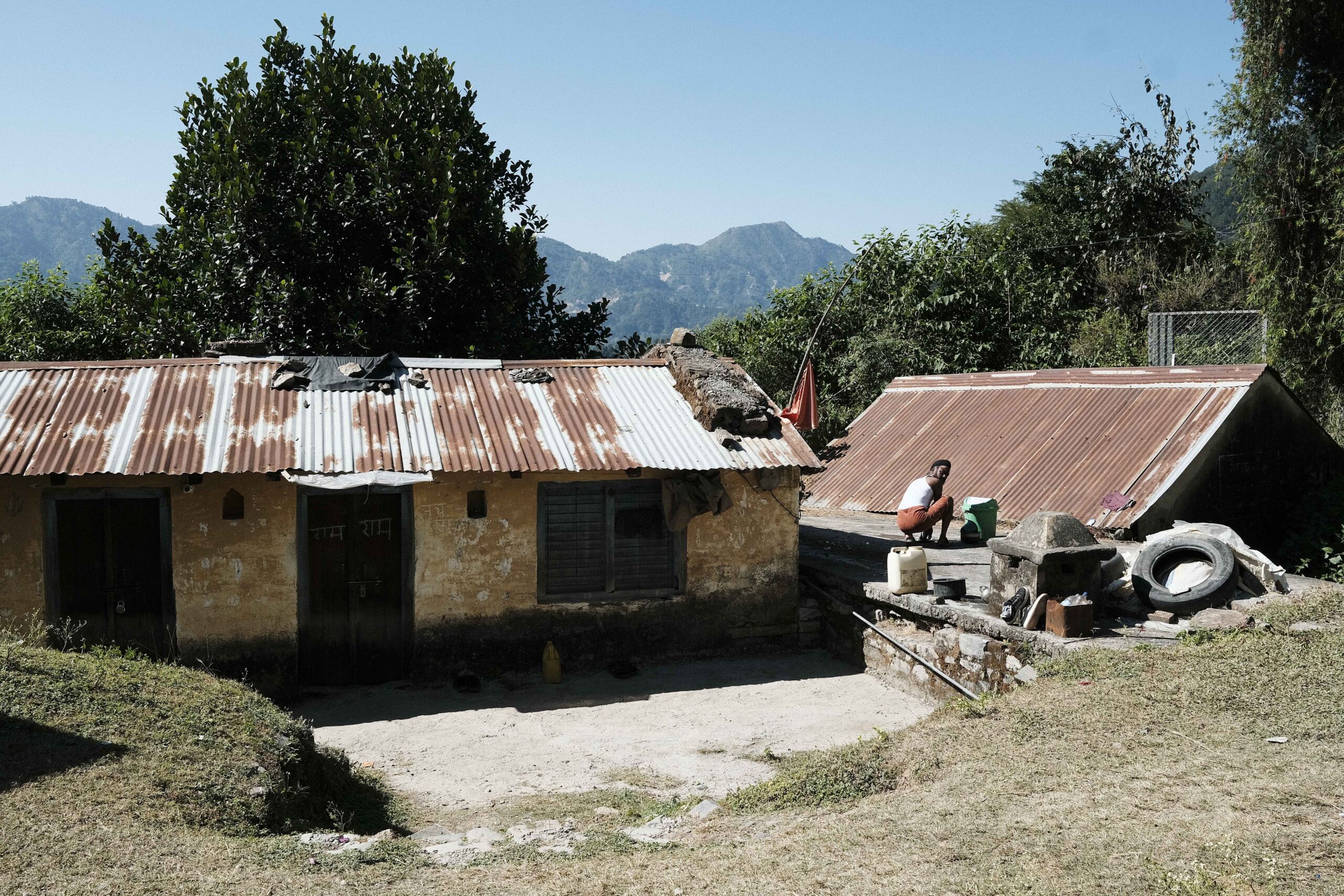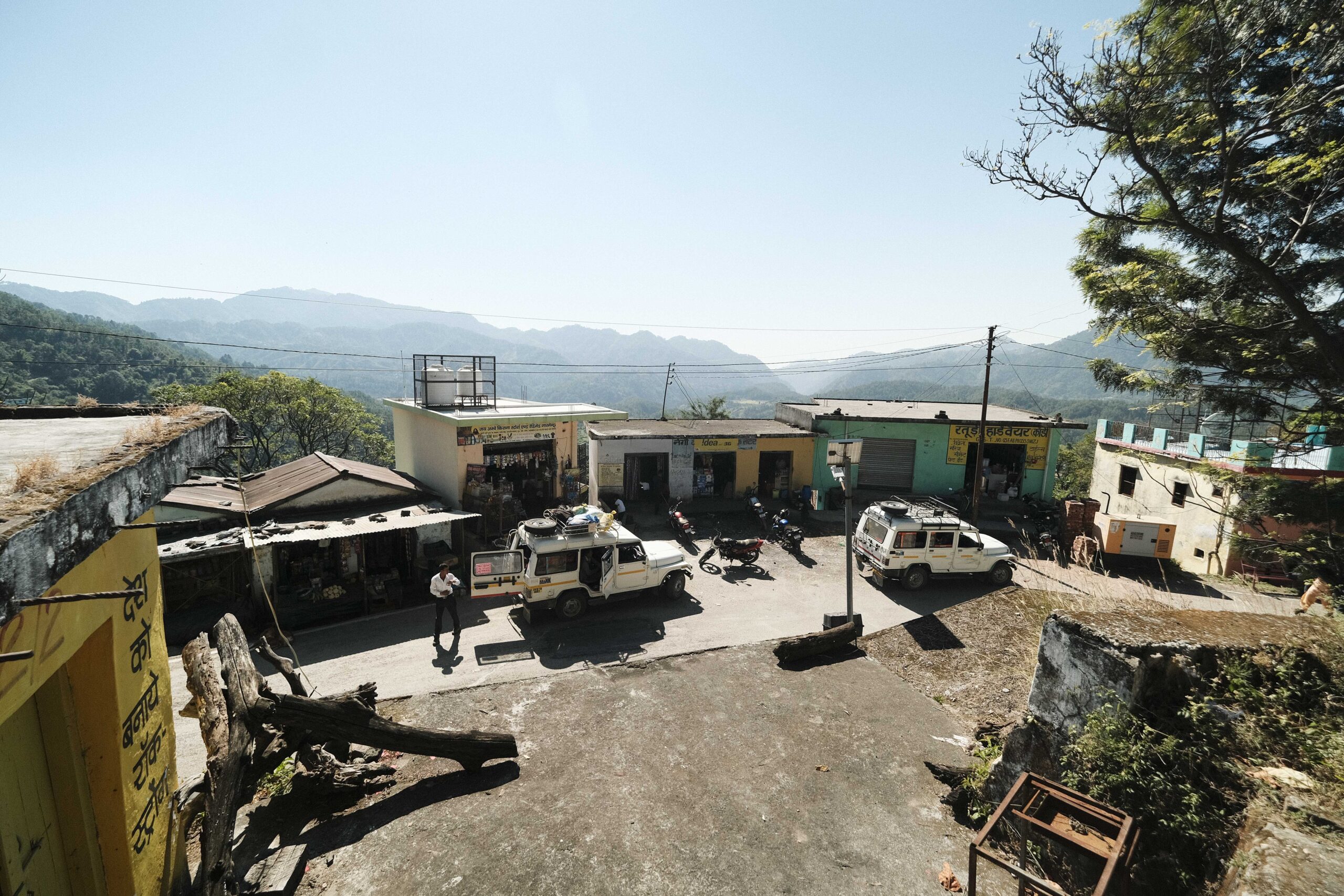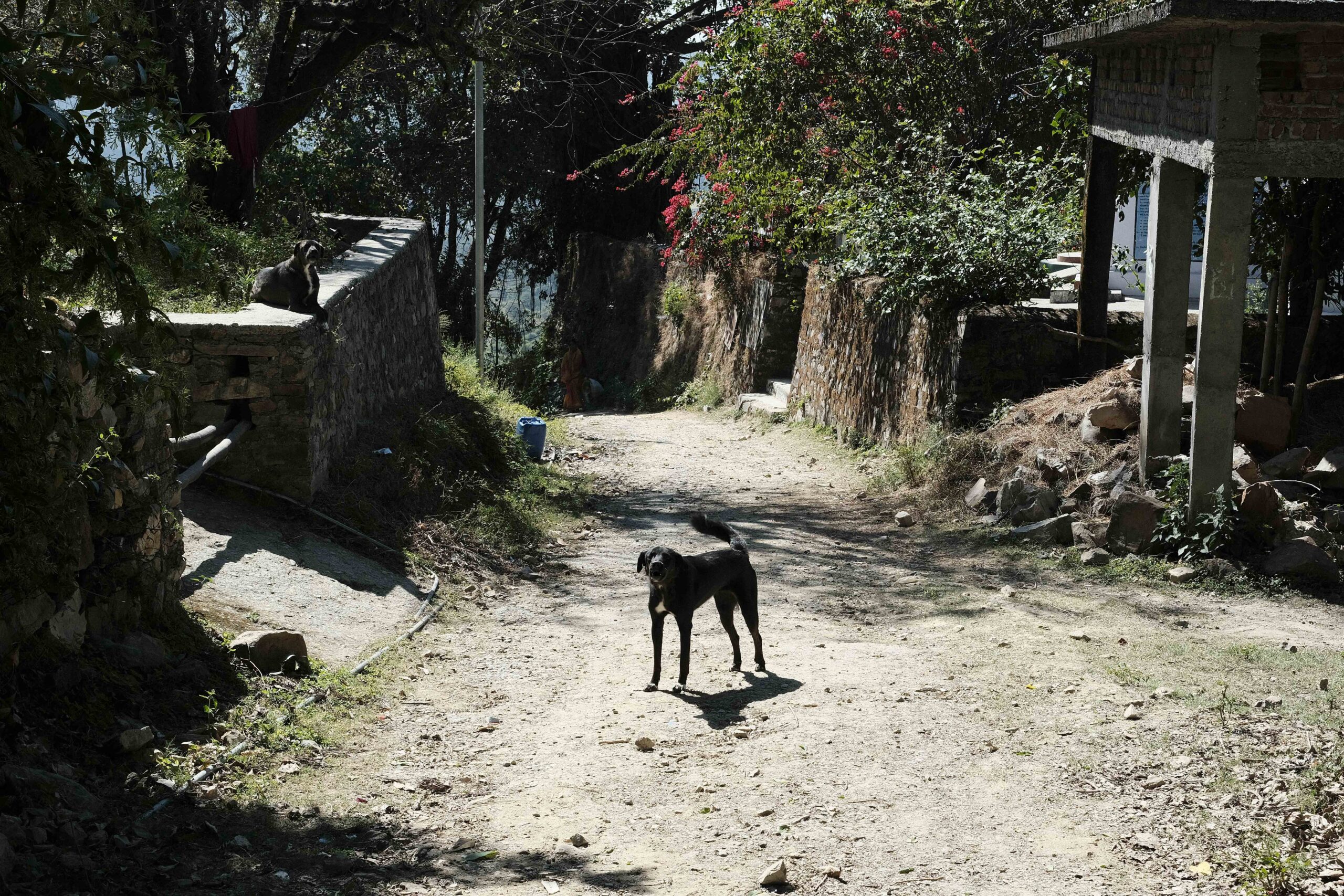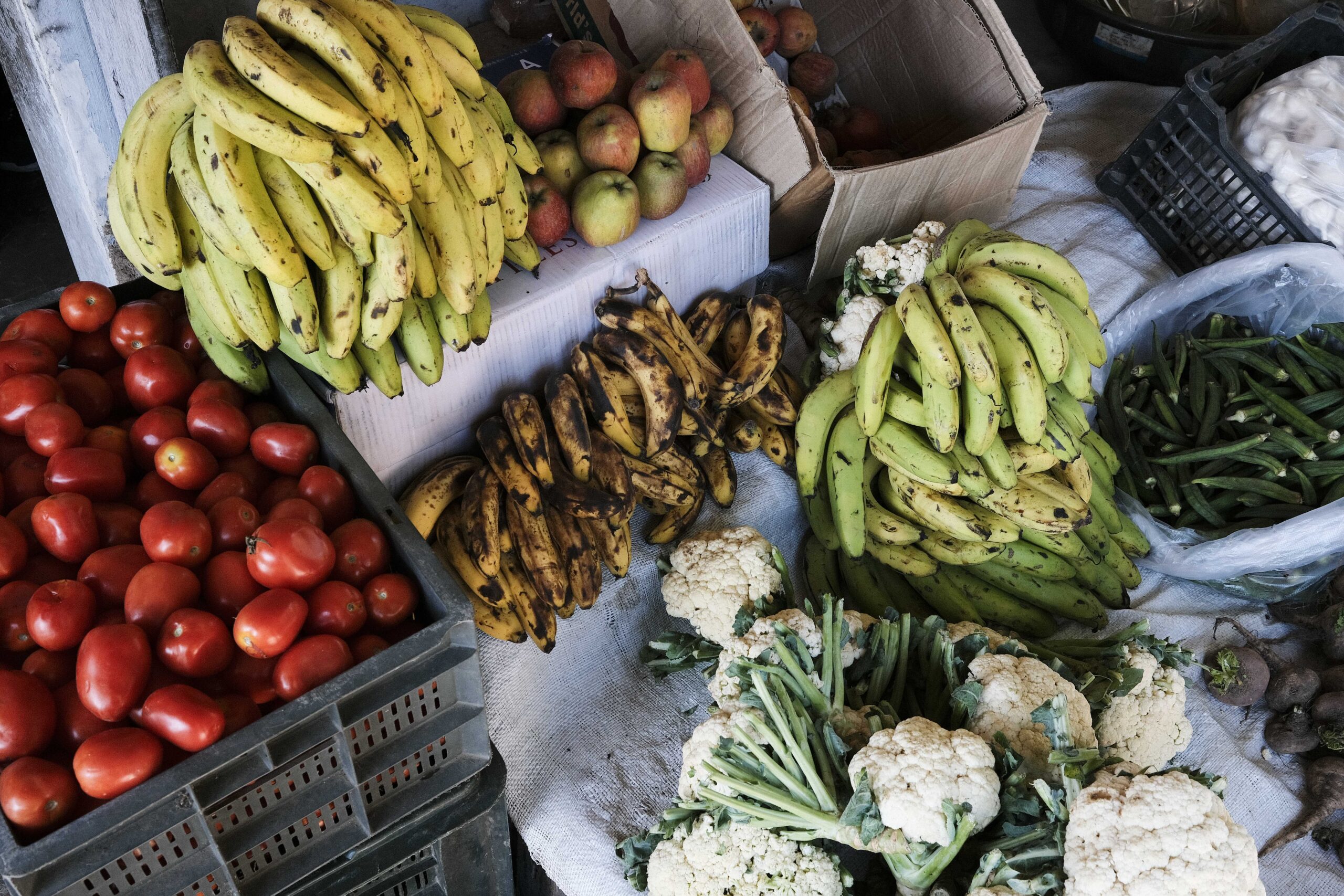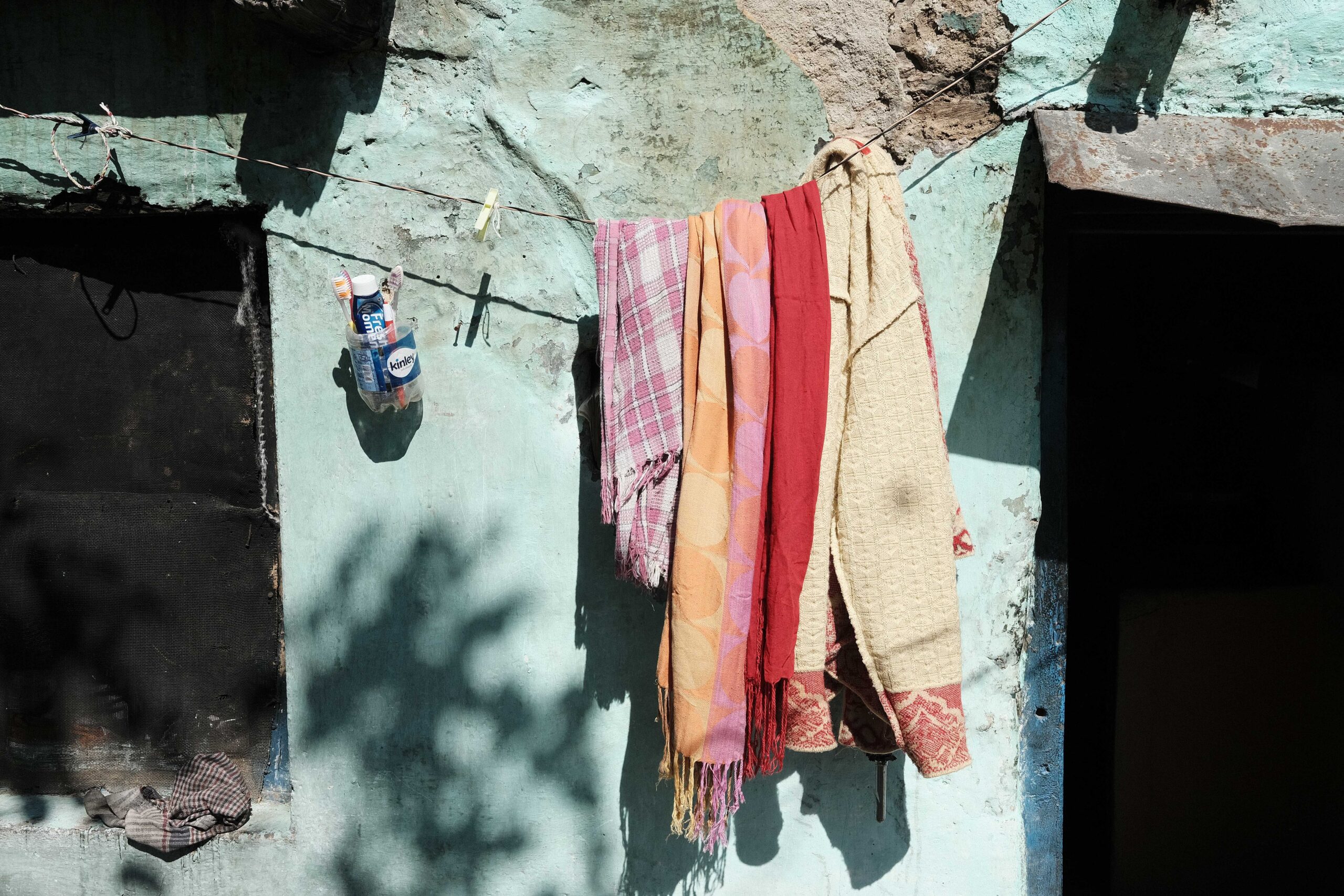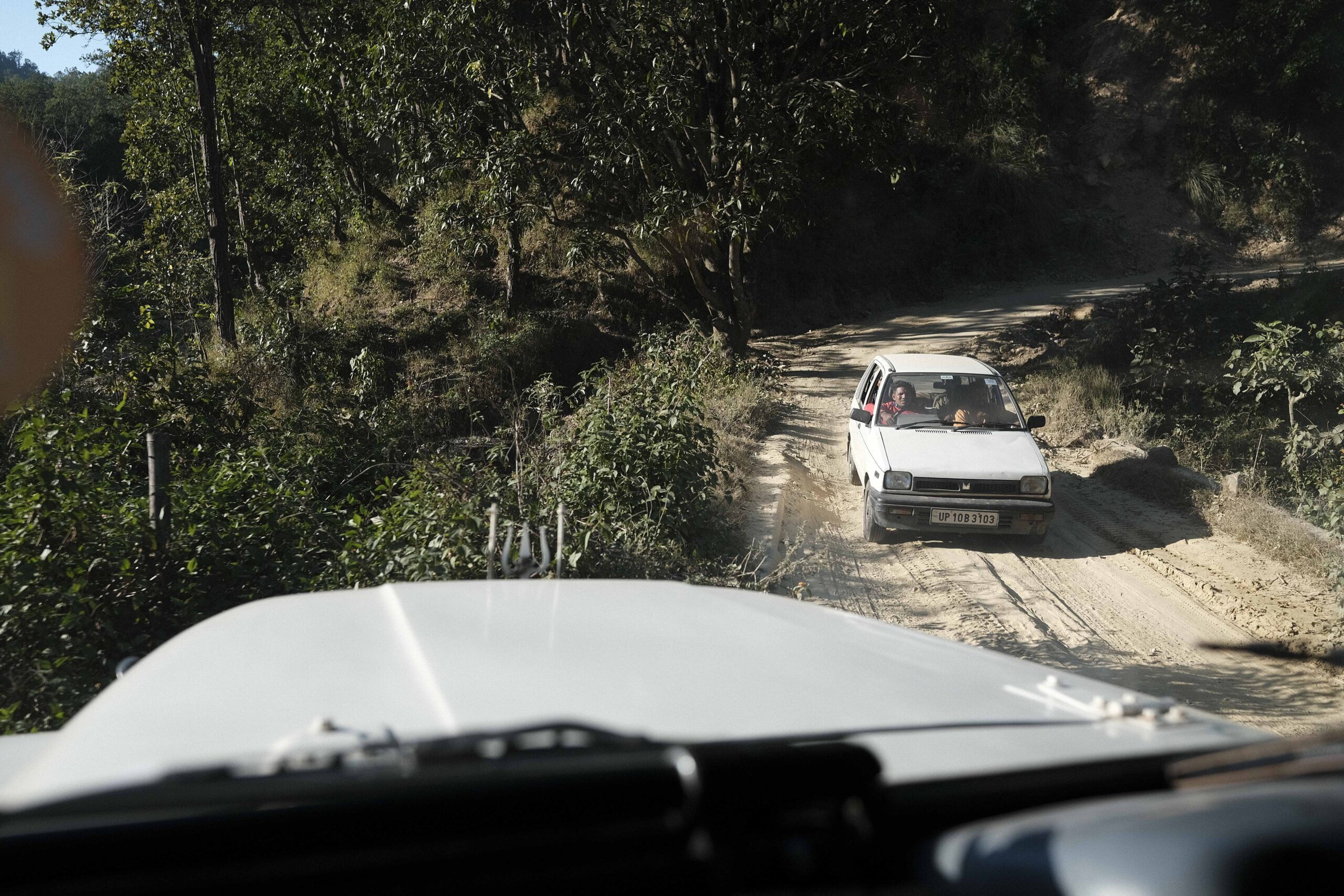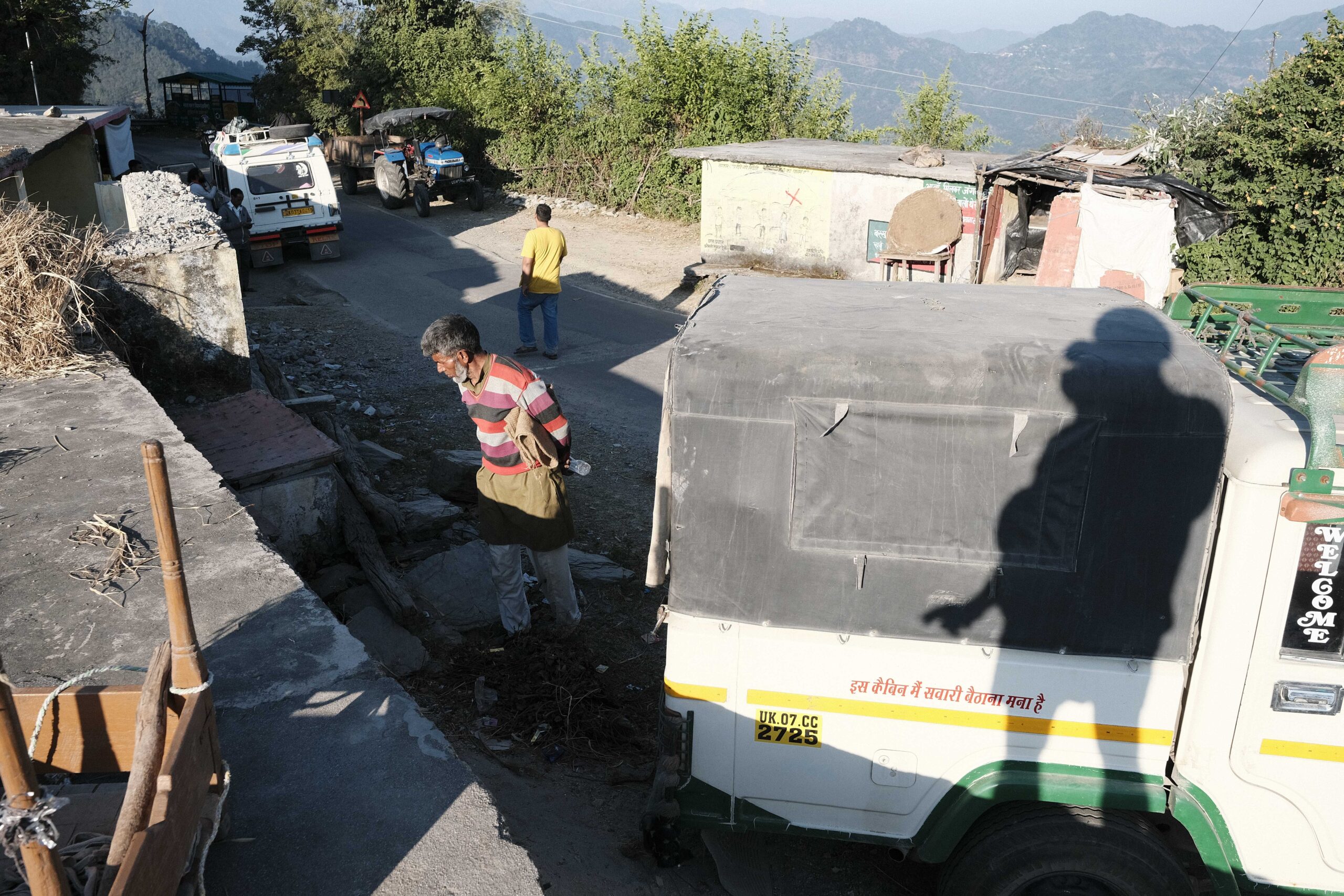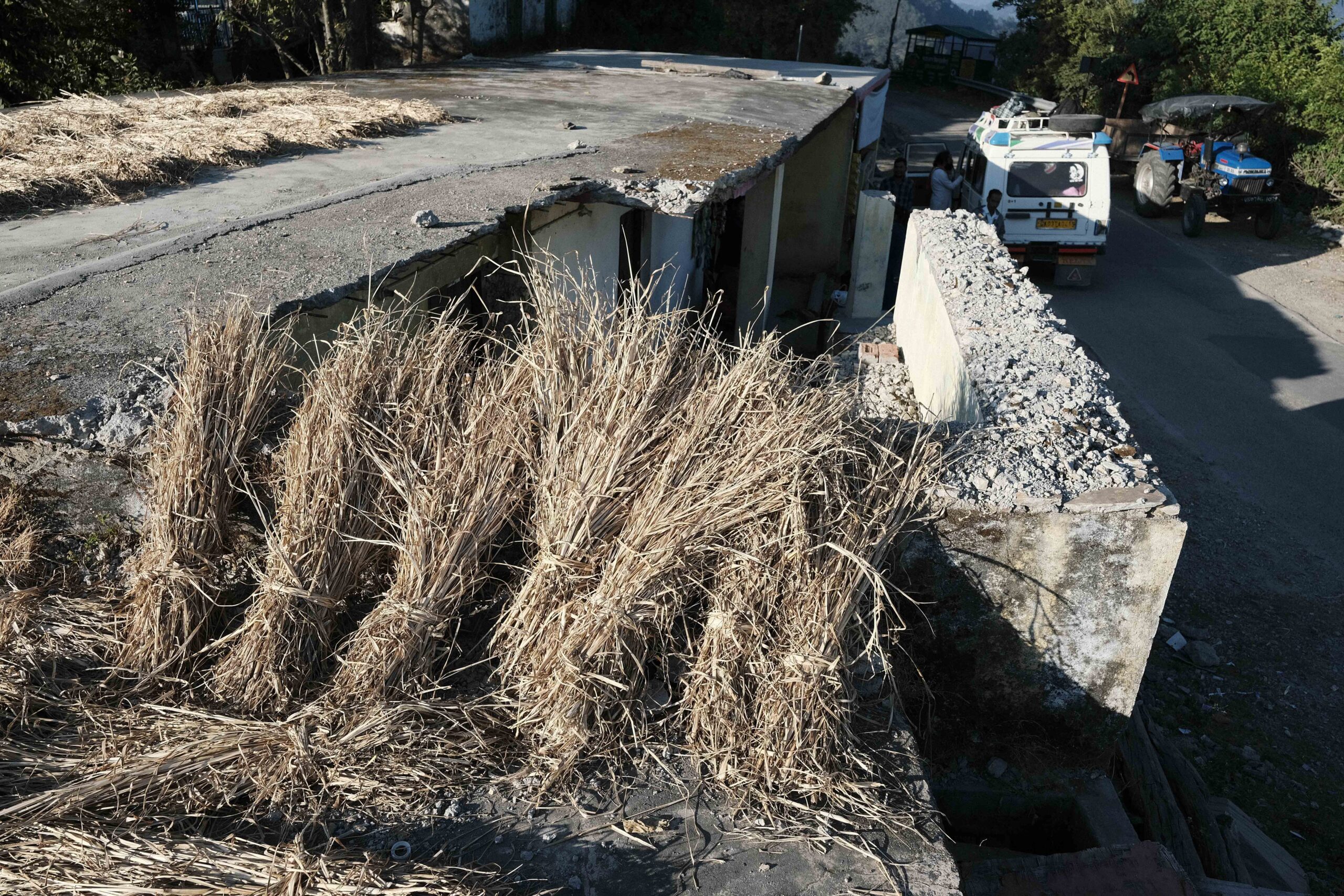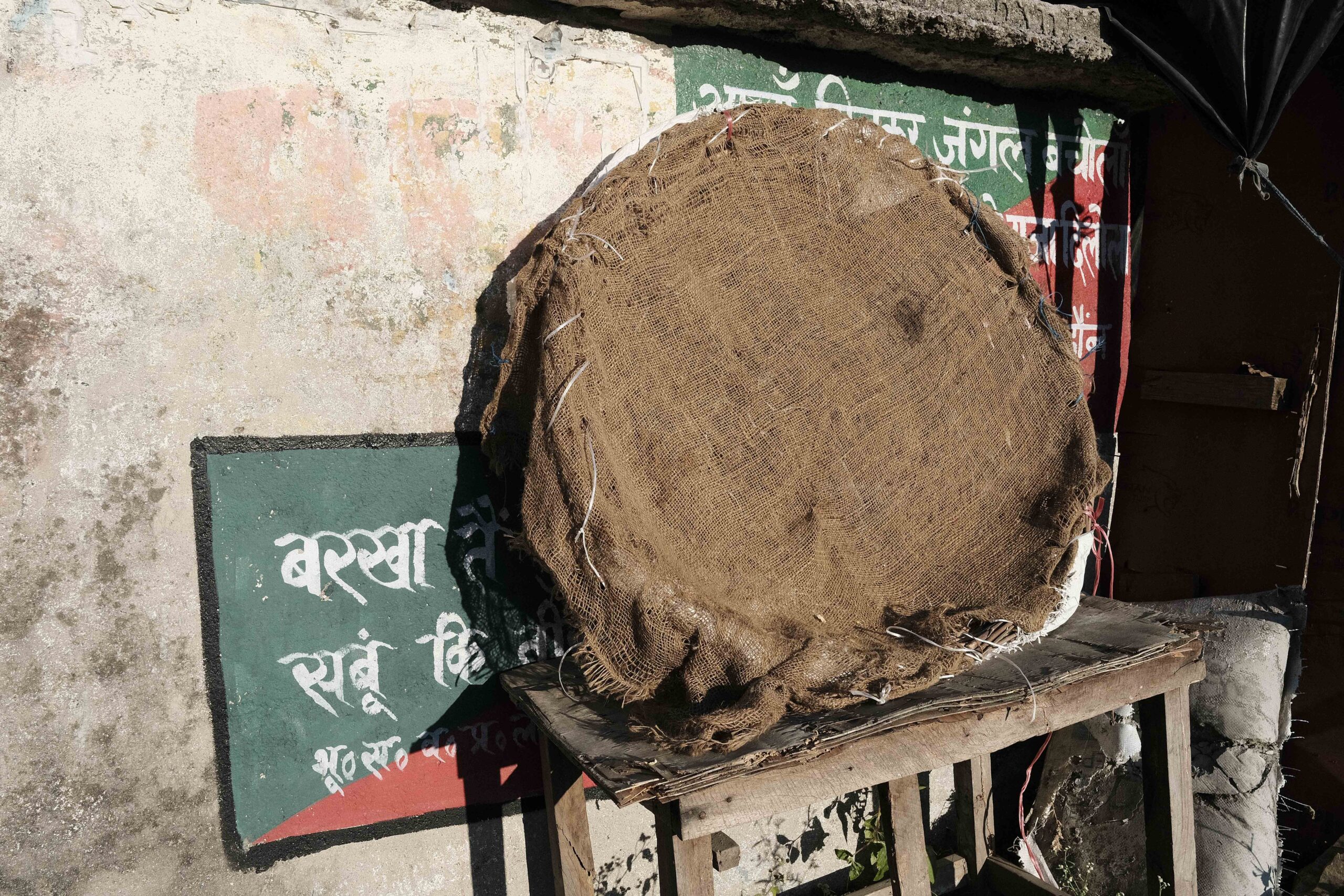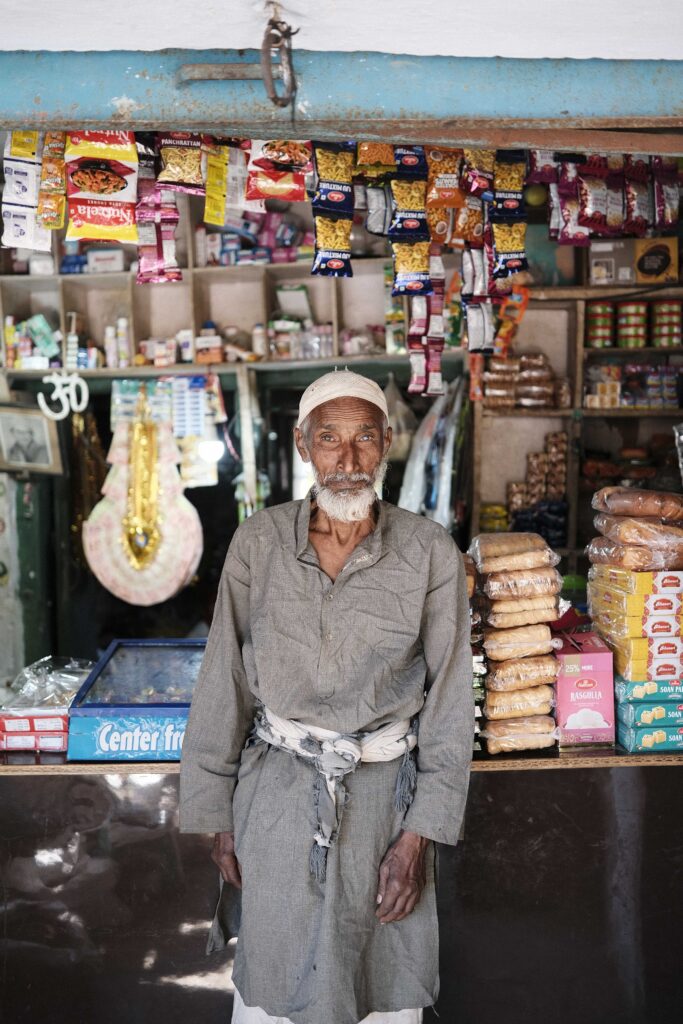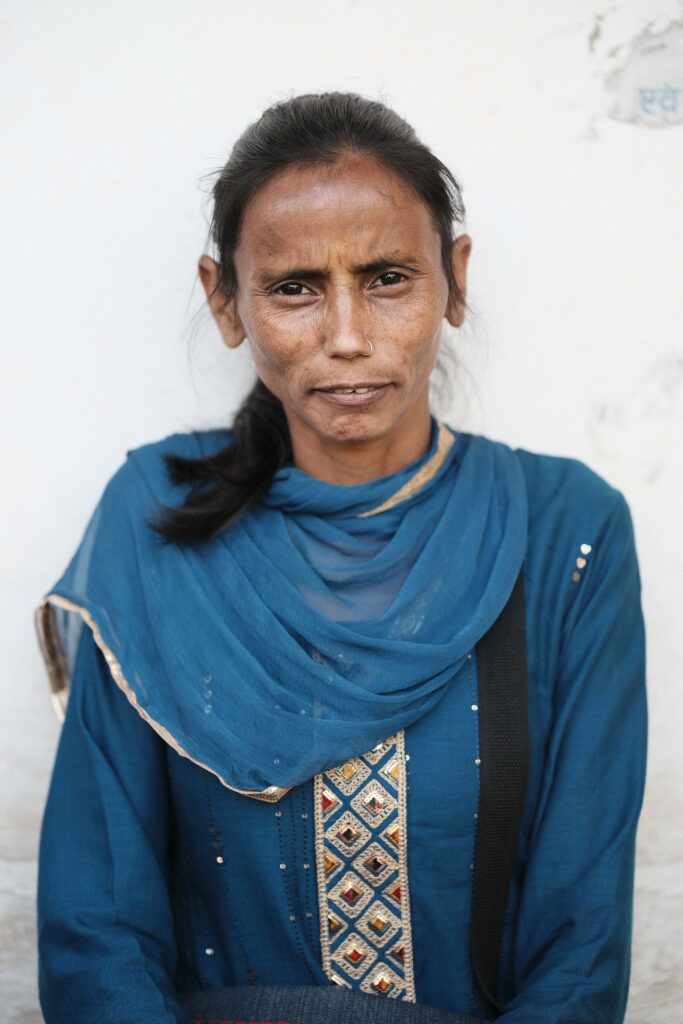On a recent trip into the Indian mountains 60km north of the infamous Rishikesh in India, I spent 24 hours with a Spiritual Baba and his family at their rural home. For this trip, I made a documentary-style inspired recipe (Classic Chrome – Medium Modern Chromew) for my Fujifilm XT-4. Read on to find the recipe and view the sample images taken over the expedition. Fujifilm Simulation Recipe: CC-MMC.
Recipe Development
Classic chrome is often my go-to recipe when shooting this style of subject matter. I use it because it tends to give a flatter, less punchy colour profile to the photographs. Perfect for when storytelling is more important than colour, composition, texture, etc. Moreover, the uniformity this offers makes it ideal for producing sets of photographs with a close range of continuity in several photographic environments.
As with most of the simulations I produce, I used a small/weak grain effect to add character and set low levels of chroming for colour and blue FX to add depth when incorporating skies and colourful elements into the compositions.
The dynamic range is 200 to add some discrepancies in shadows and highlights. But not so much that the images lose their borderline retro aesthetic. I say this because I set the sharpness to +3 and clarity to +2. Attempting to bridge a middle ground between modern digital and film was the aim of this recipe.
Sometimes, shooting with various colour balances can be interesting, especially if you are chasing a specific stylised aesthetic. However, when photographing important ventures, I always opt for the auto-white balance with no colour variation. Not only because I desire the JPEGs to be closer to life but also because this setting affects the RAW files captured.
Positive Observations of Fujifilm Simulation Recipe: CC-MMC
The main aim of this recipe was to generate images that landed somewhere between a retro and modern aesthetic. I did not want them to lean too far either way, say overly muted or too processed, and I think it has accomplished this nicely.
My style is also around this point, although it does lean more towards high-contrast images with deeper shadows and punchier colours. And this also shows. However, the shadows do not dip so far that too much information is lost. Moreover, in hard-light conditions, they offer good framing opportunities and characteristic highlights.
Negative Observations of Fujifilm Simulation Recipe: CC-MMC
I think the weaknesses visible in this recipe are more dependent on individual tastes and styles. For example, if you are someone who prefers more muted colours and a closer balance between highlights and shadows, then this recipe will not be for you.
From my own perspective, I think that this recipe did not need any blue FX chroming, as the blue skies tend to be too dark towards the edges of the frames, creating blue spaces with distracting and unbalanced gradients and unwanted vignette effects. Moreover, it renders deeper blues on white surfaces that I would otherwise remove if I were to edit the raw files.
Fujifilm Simulation Recipe: CC-MMC
- Film Simulation: Classic Chrome
- Grain Effect: Weak/Small
- Colour Chrome Effect: Weak
- Colour Chrome FX Blue: Weak
- White Balance: Auto R0, B0
- Dynamic Range: DR200
- Tone Curve: H+0.5, S+0.5
- Colour: +3
- Sharpness: +3
- High ISO NR: 0
- Clarity: +2
View the entire collection of Fujifilm recipes by clicking here.
Conclusion
I am attempting to develop the perfect chrome documentary setting for my style of shooting. And making these recipes and experimenting with options is helping me get there. Unfortunately, I don’t think I have hit the mark this time. However, this is only my personal opinion. As mentioned above, I don’t think it needs any blue chroming. Moreover, I believe there could be some benefit to incorporating some noise reduction as the camera struggled in the low light situations and rendered pixels that looked like a Christmas tree when zoomed in.
If you are a Fujifilm user and enjoy utilising the system’s custom simulation modes, check in frequently for future updates. Additionally, all feedback is welcome. Please let me know your thoughts and observations from this recipe by commenting below.

